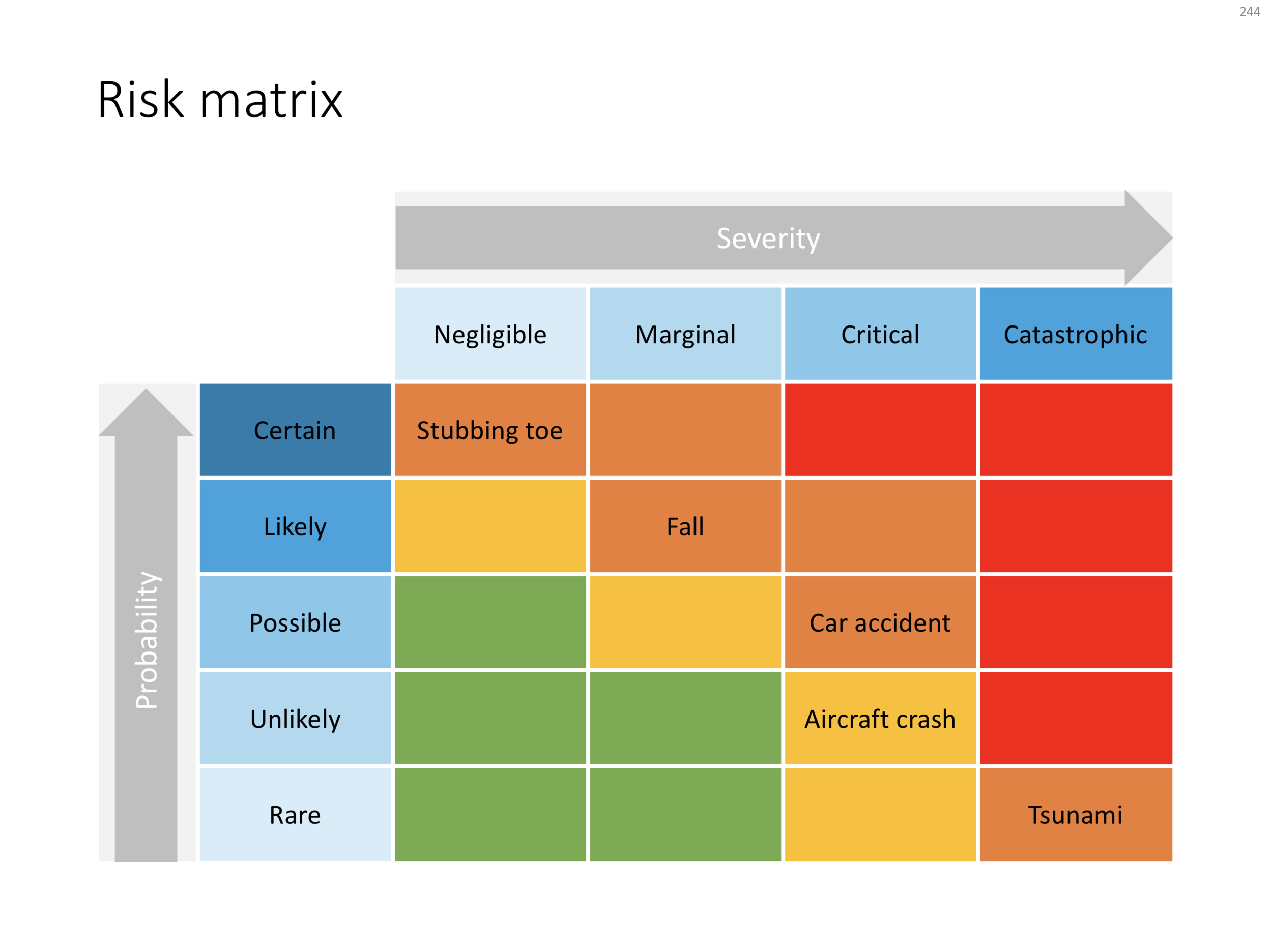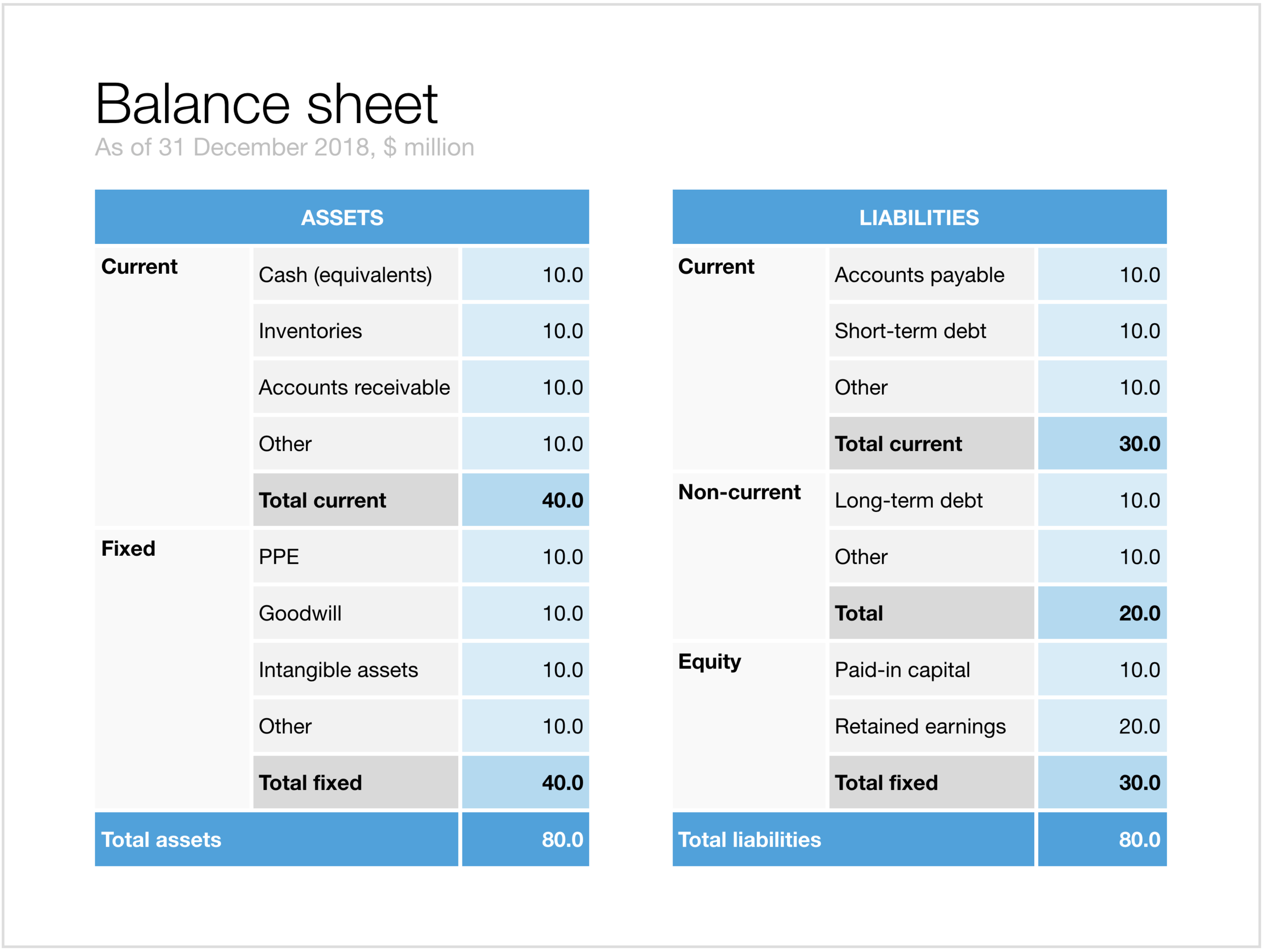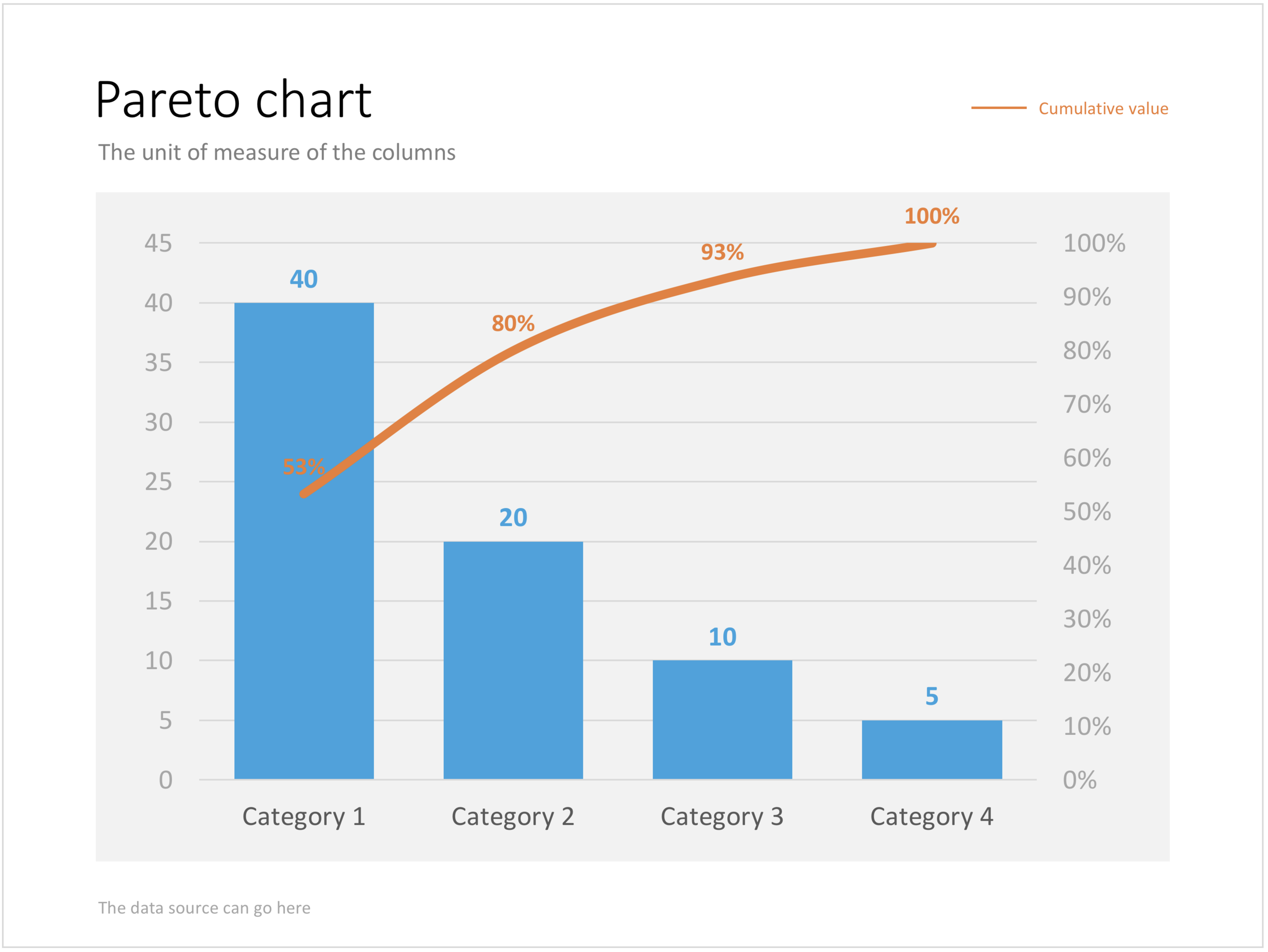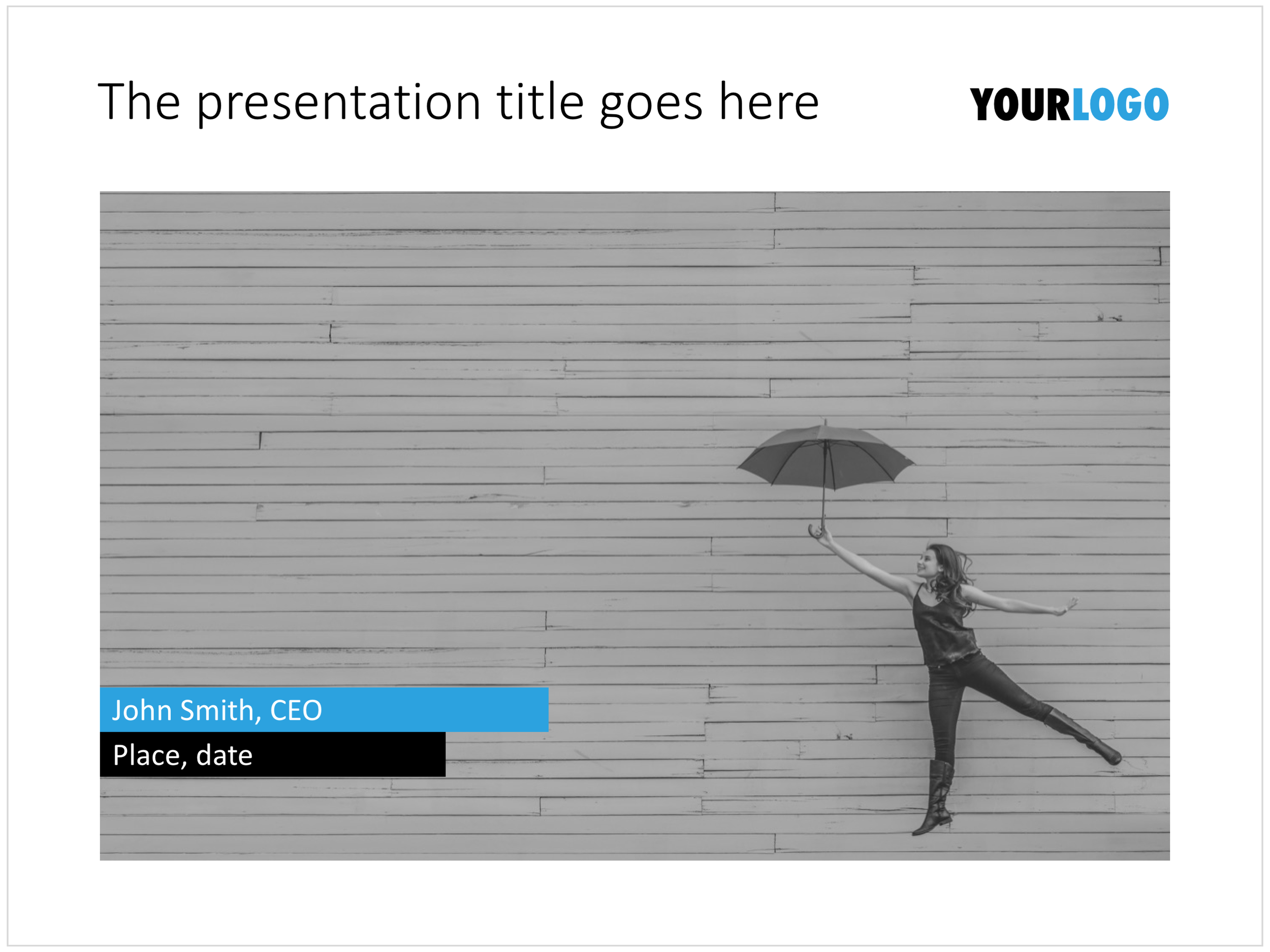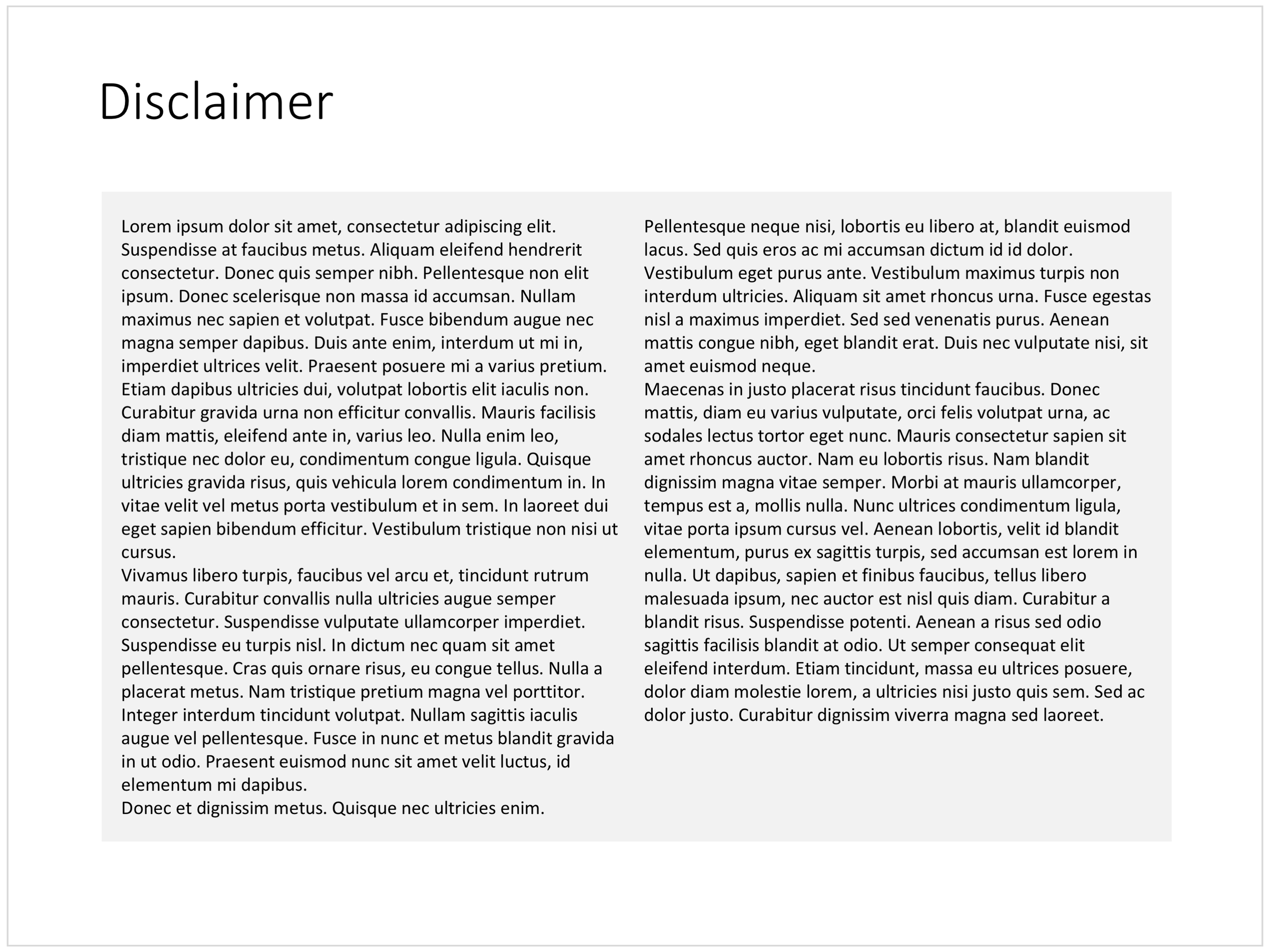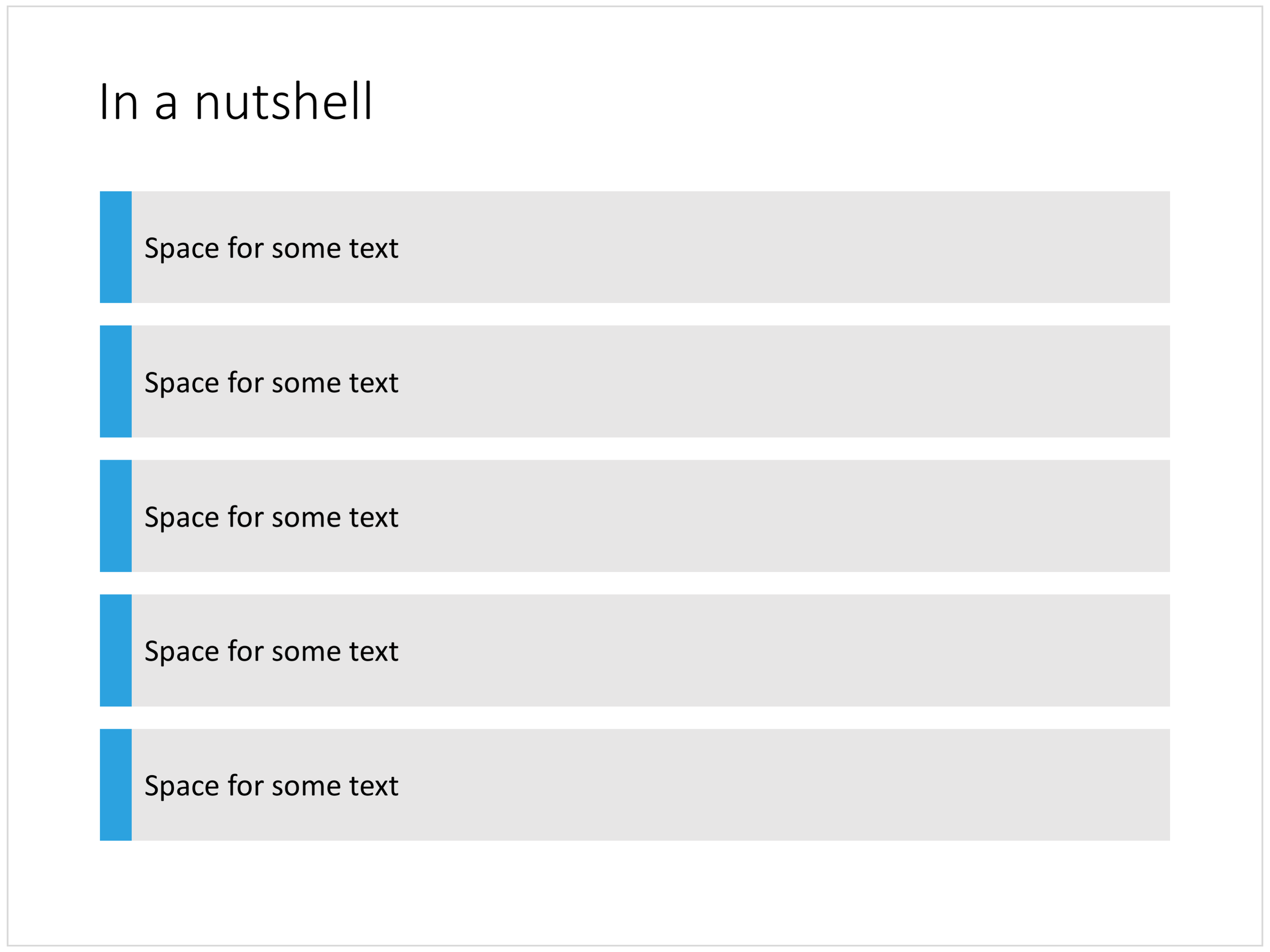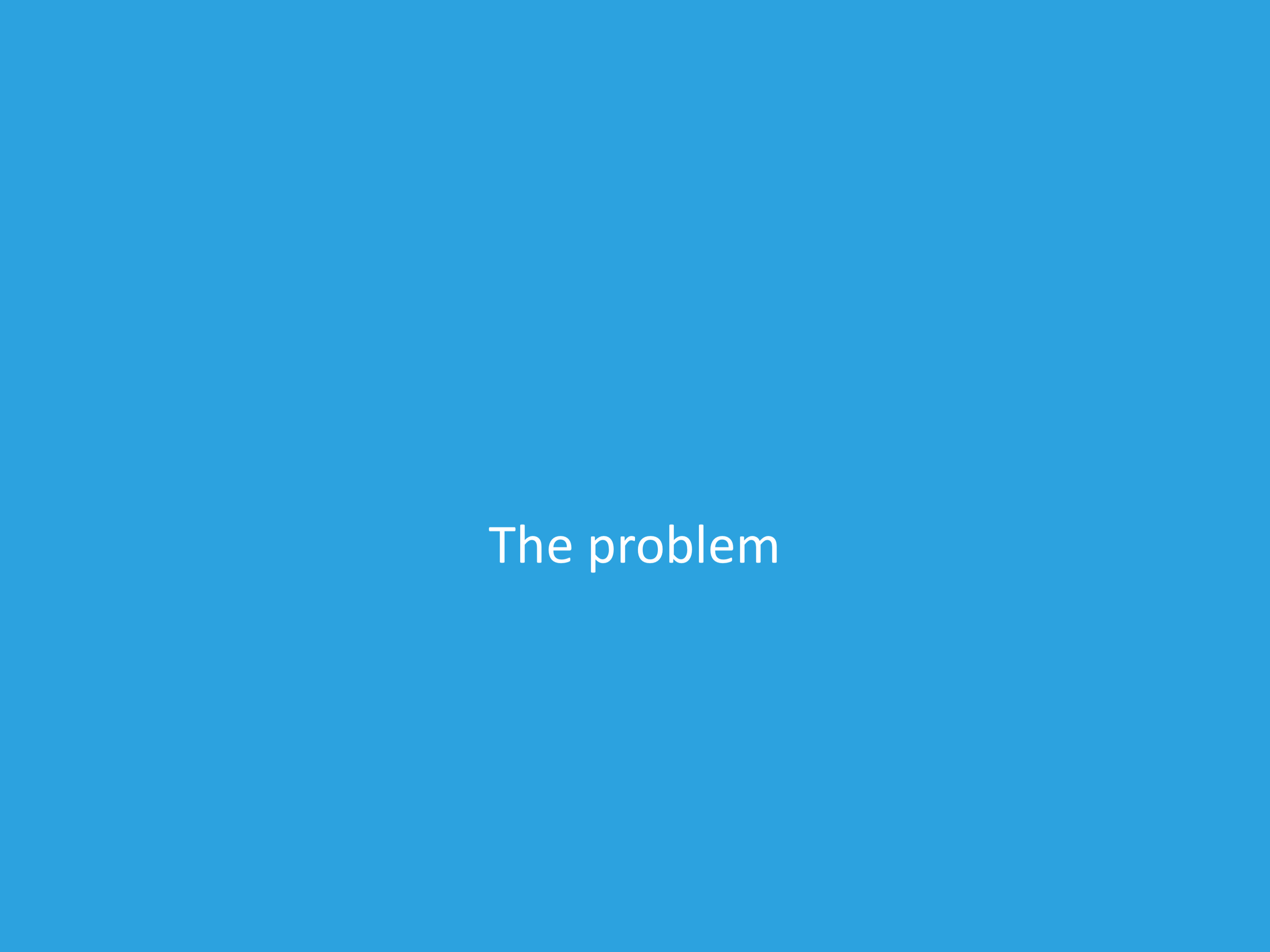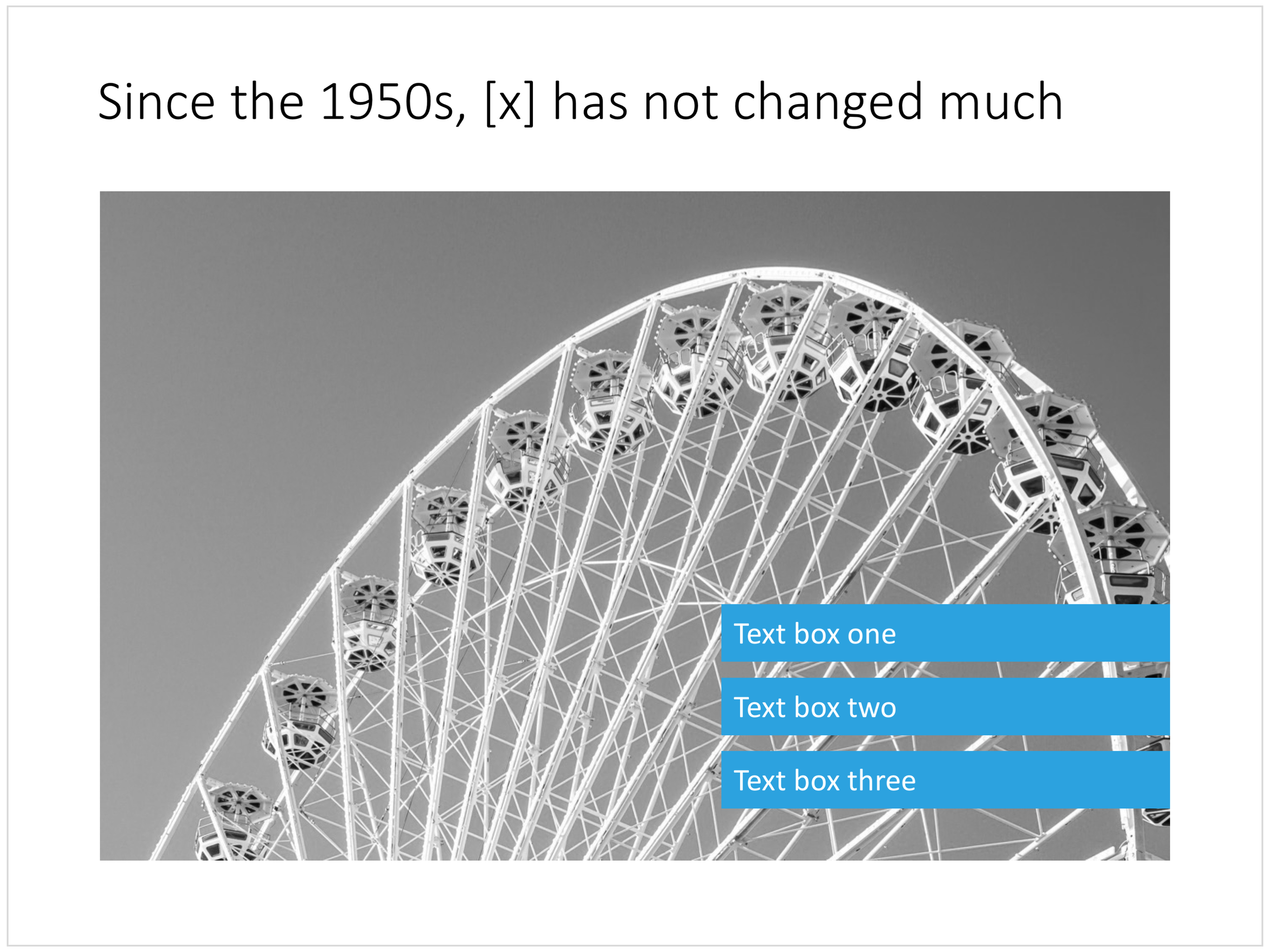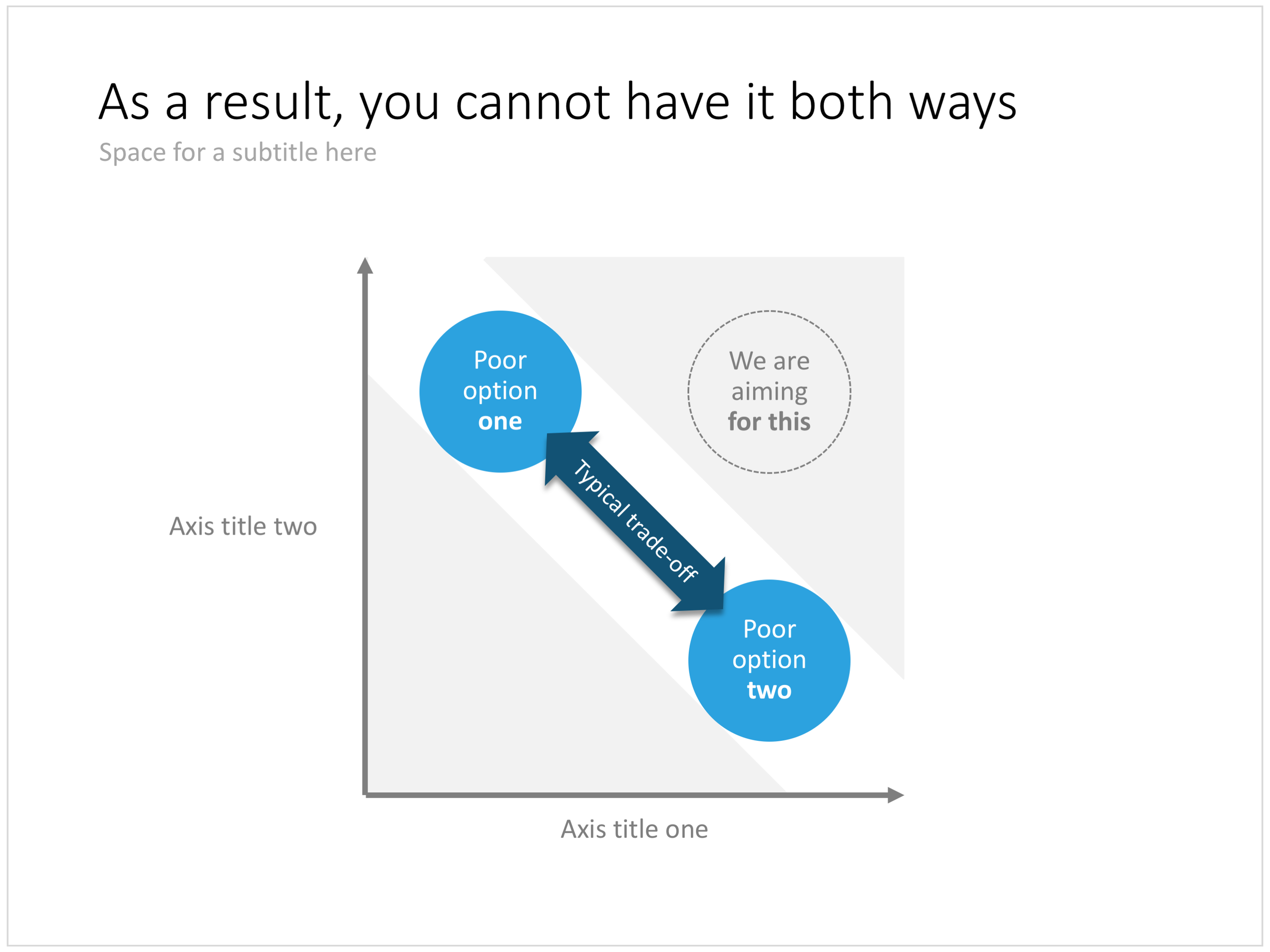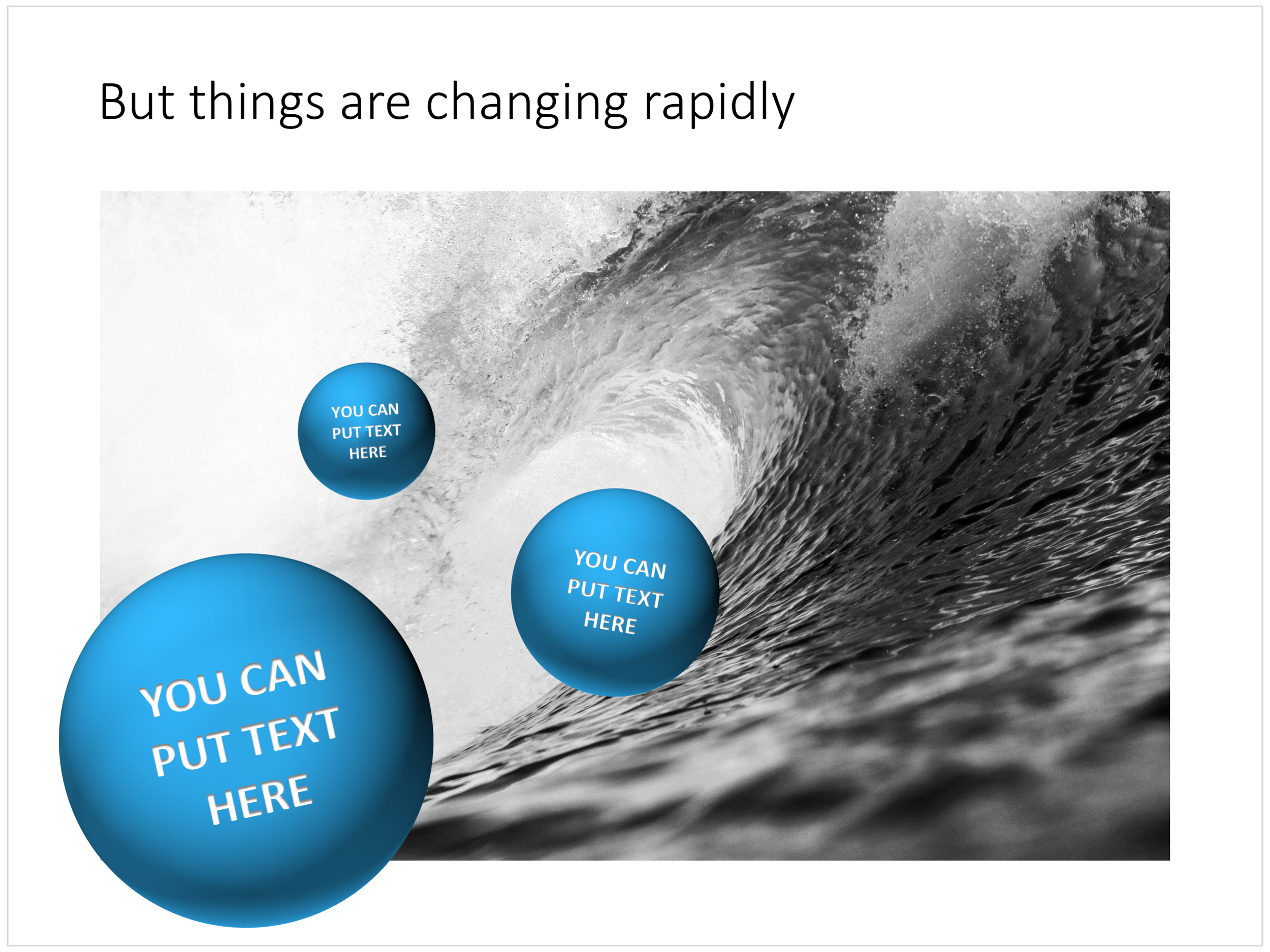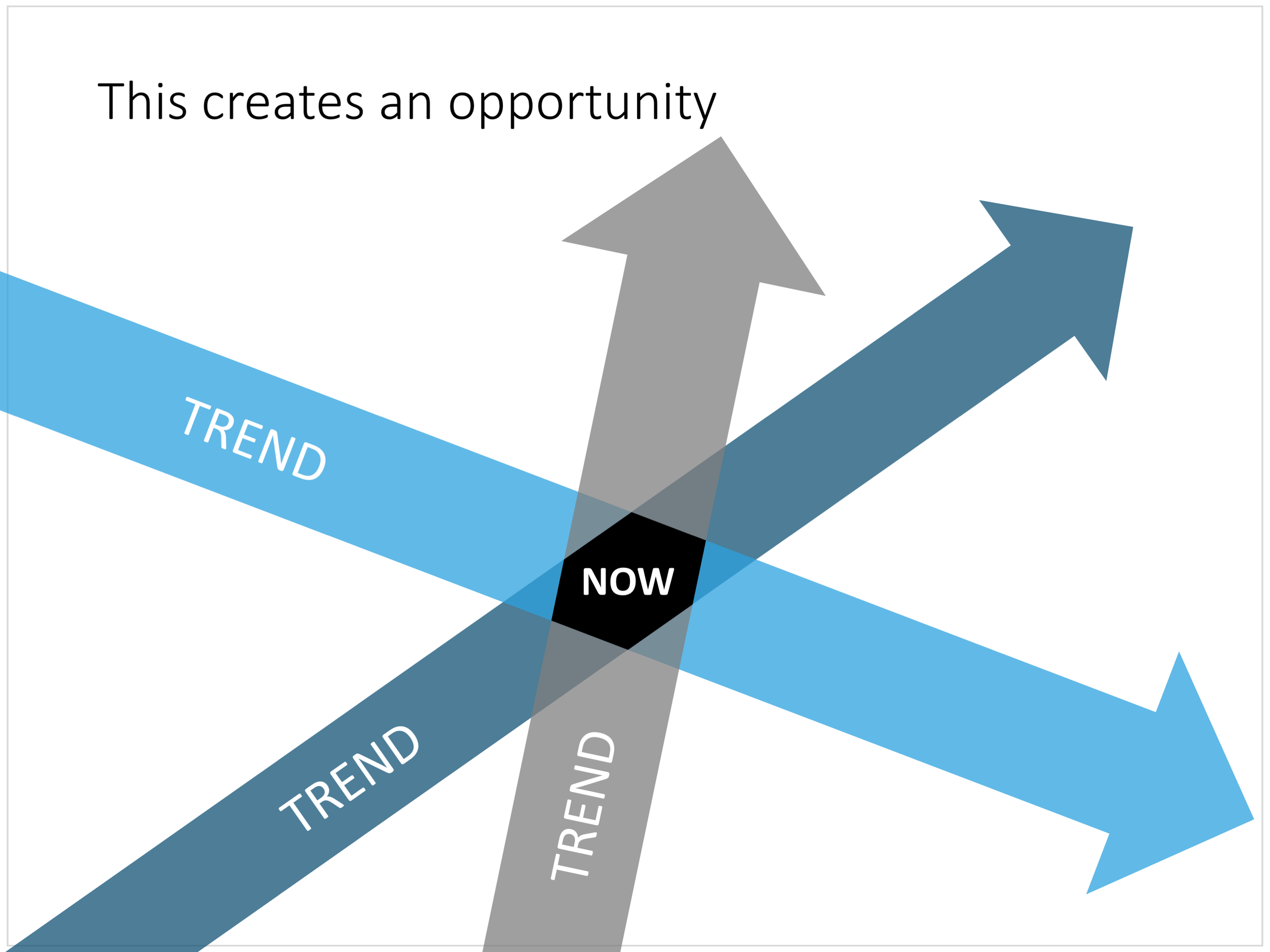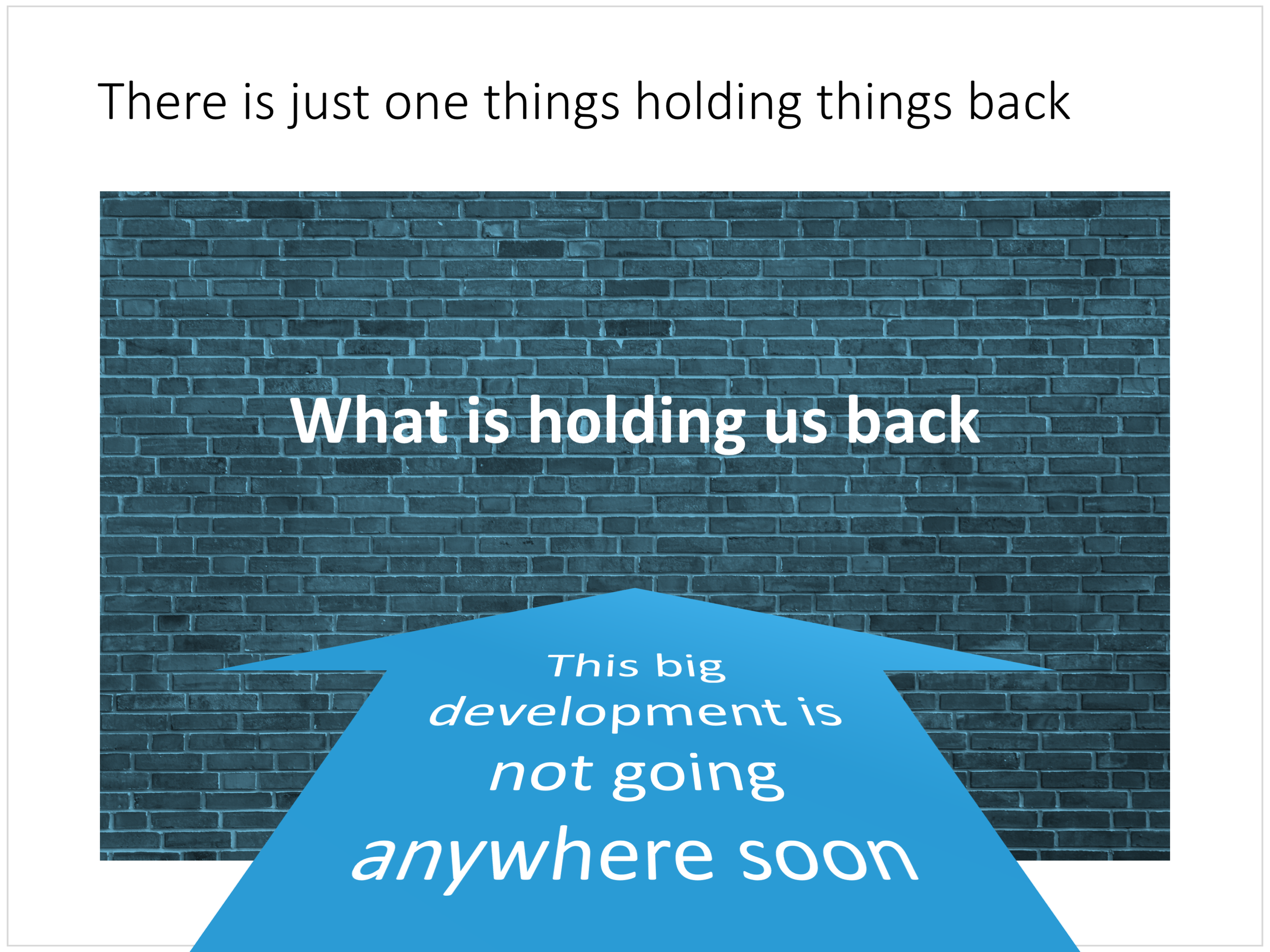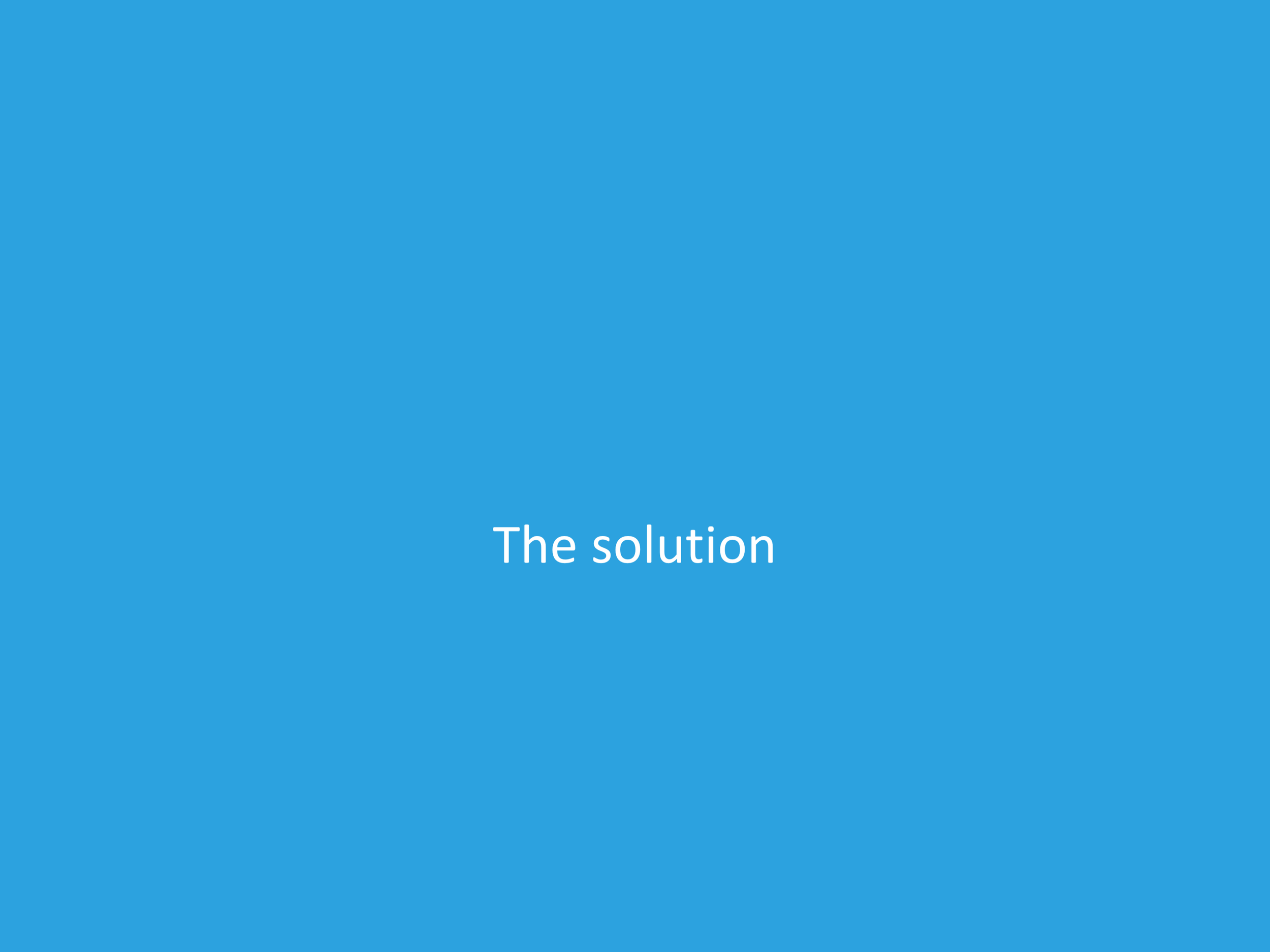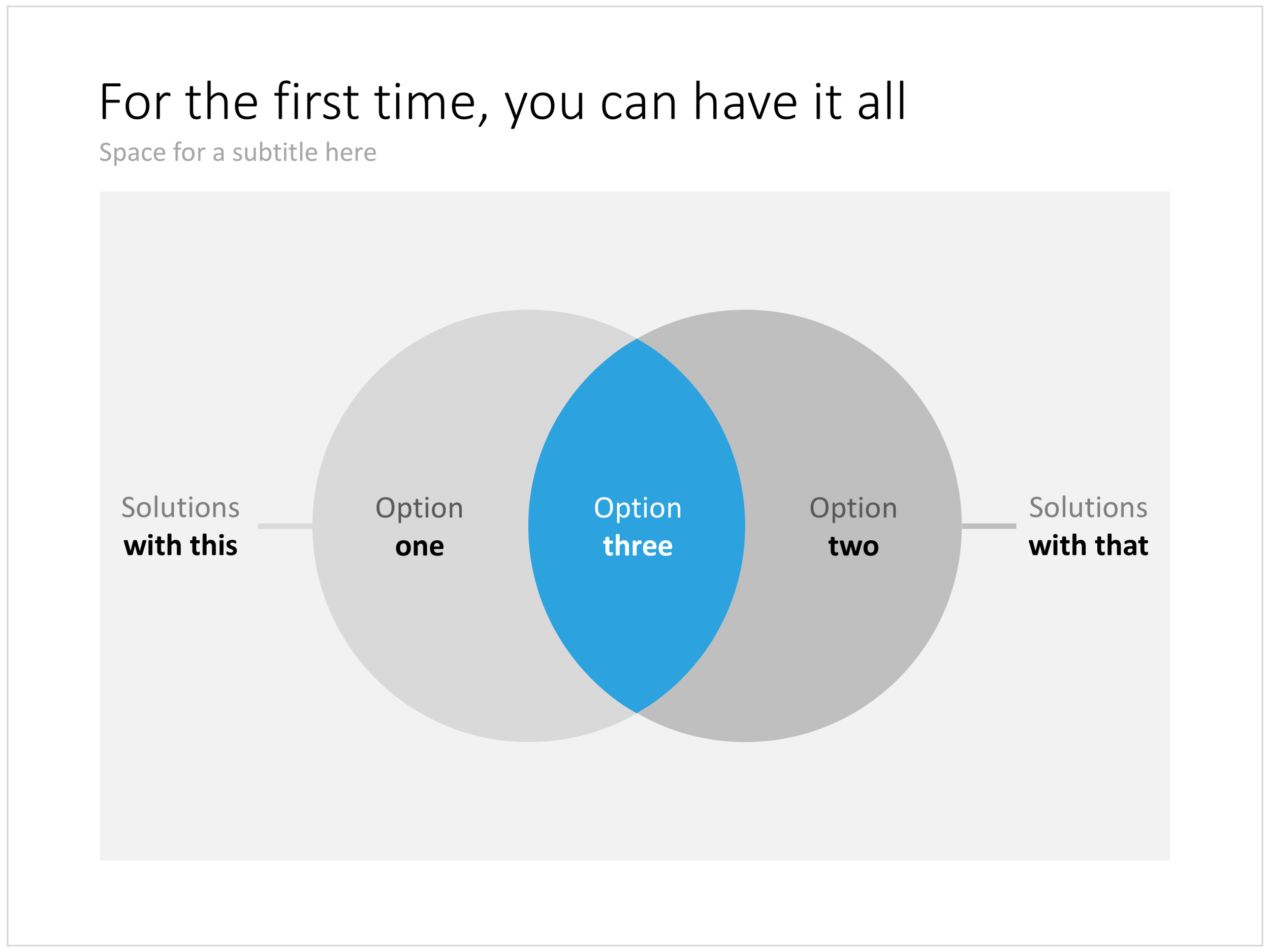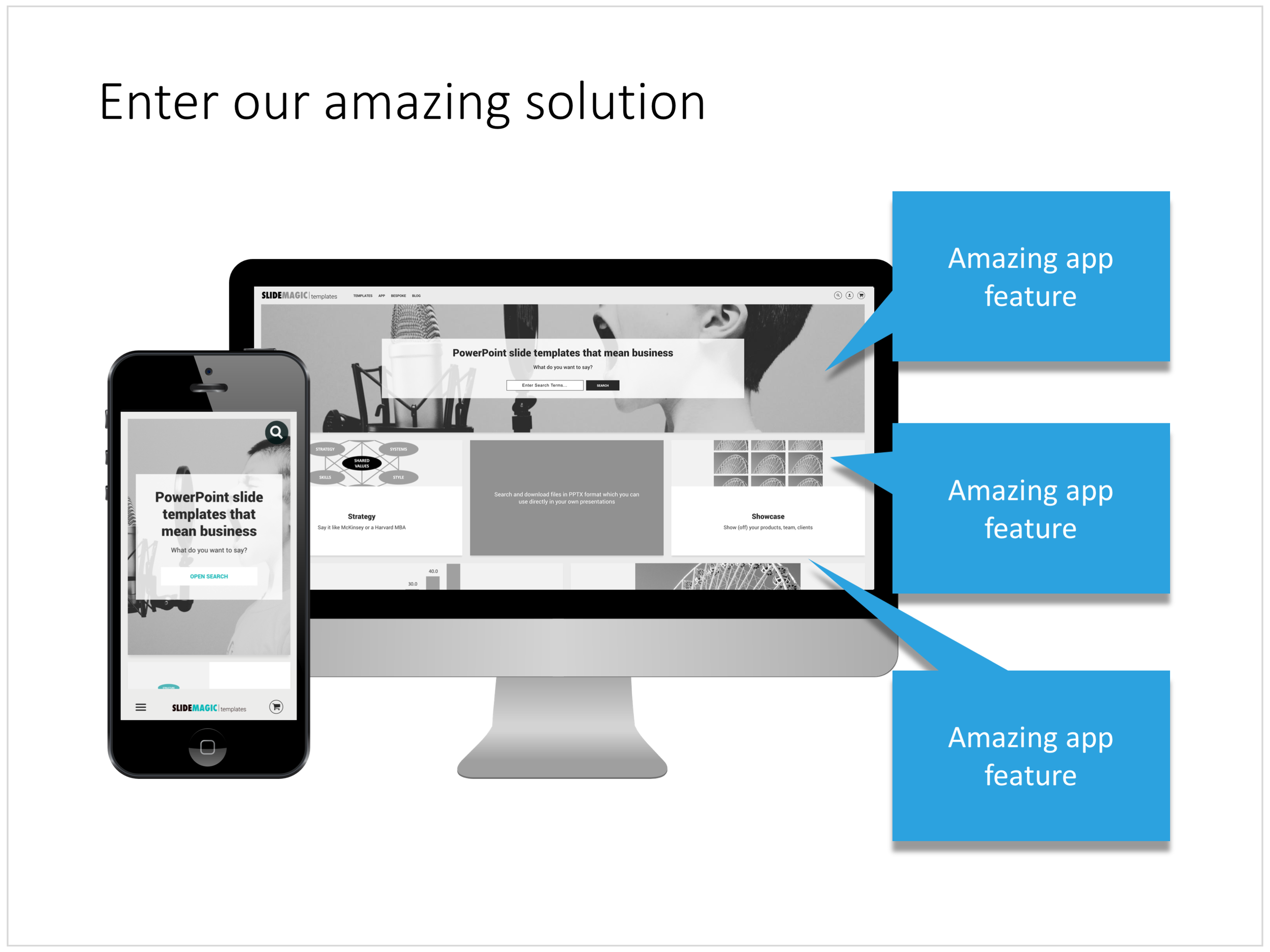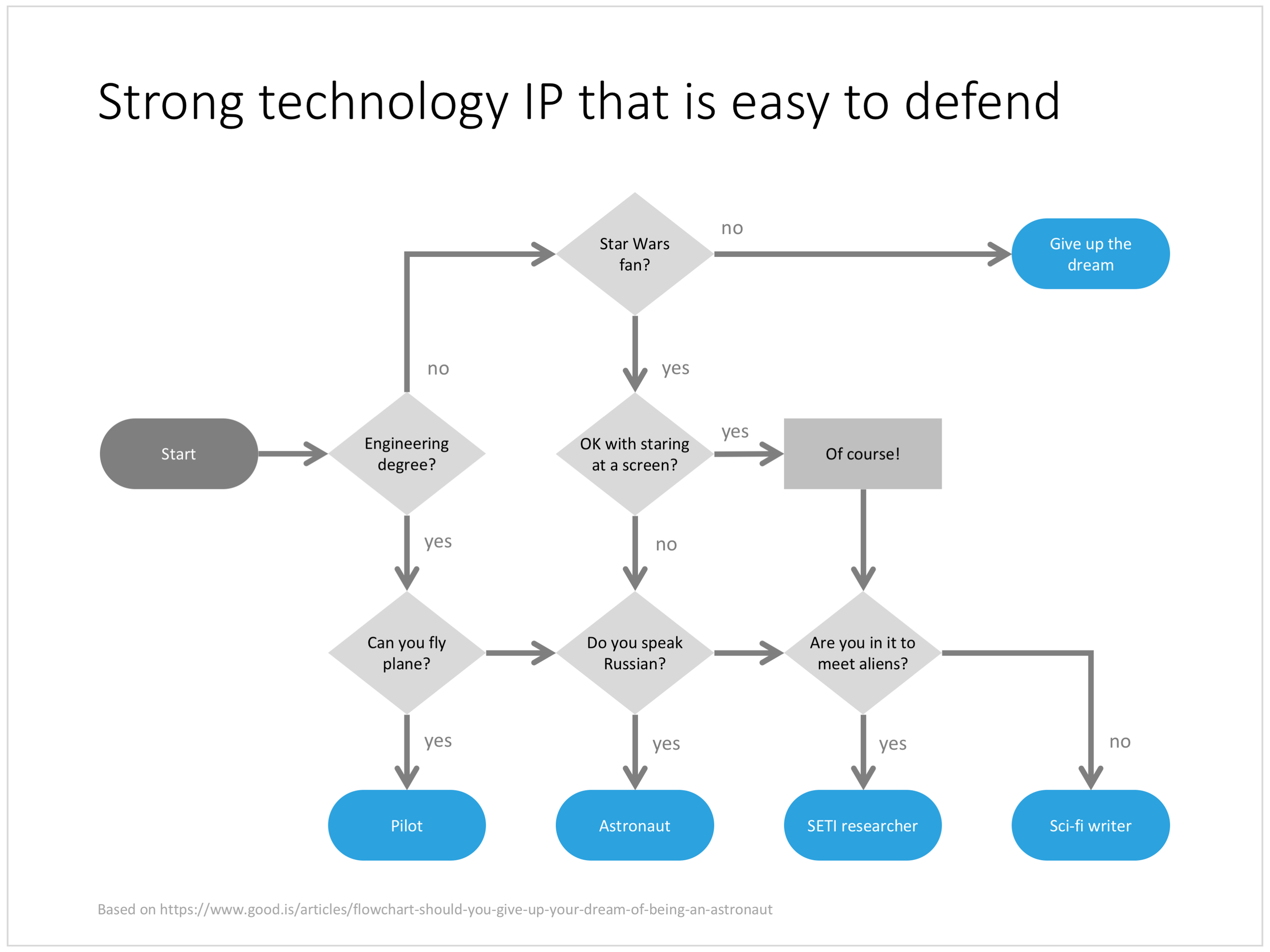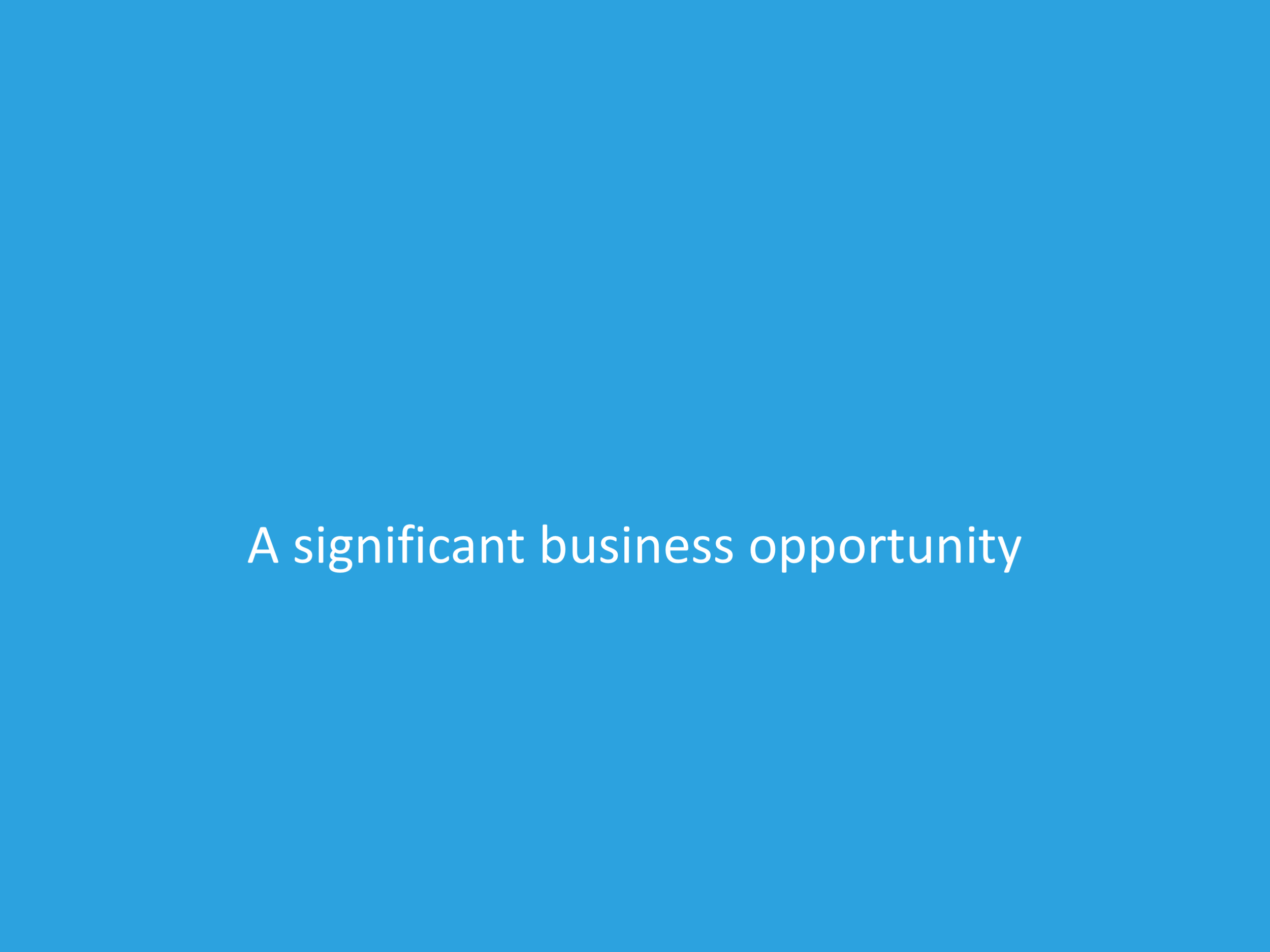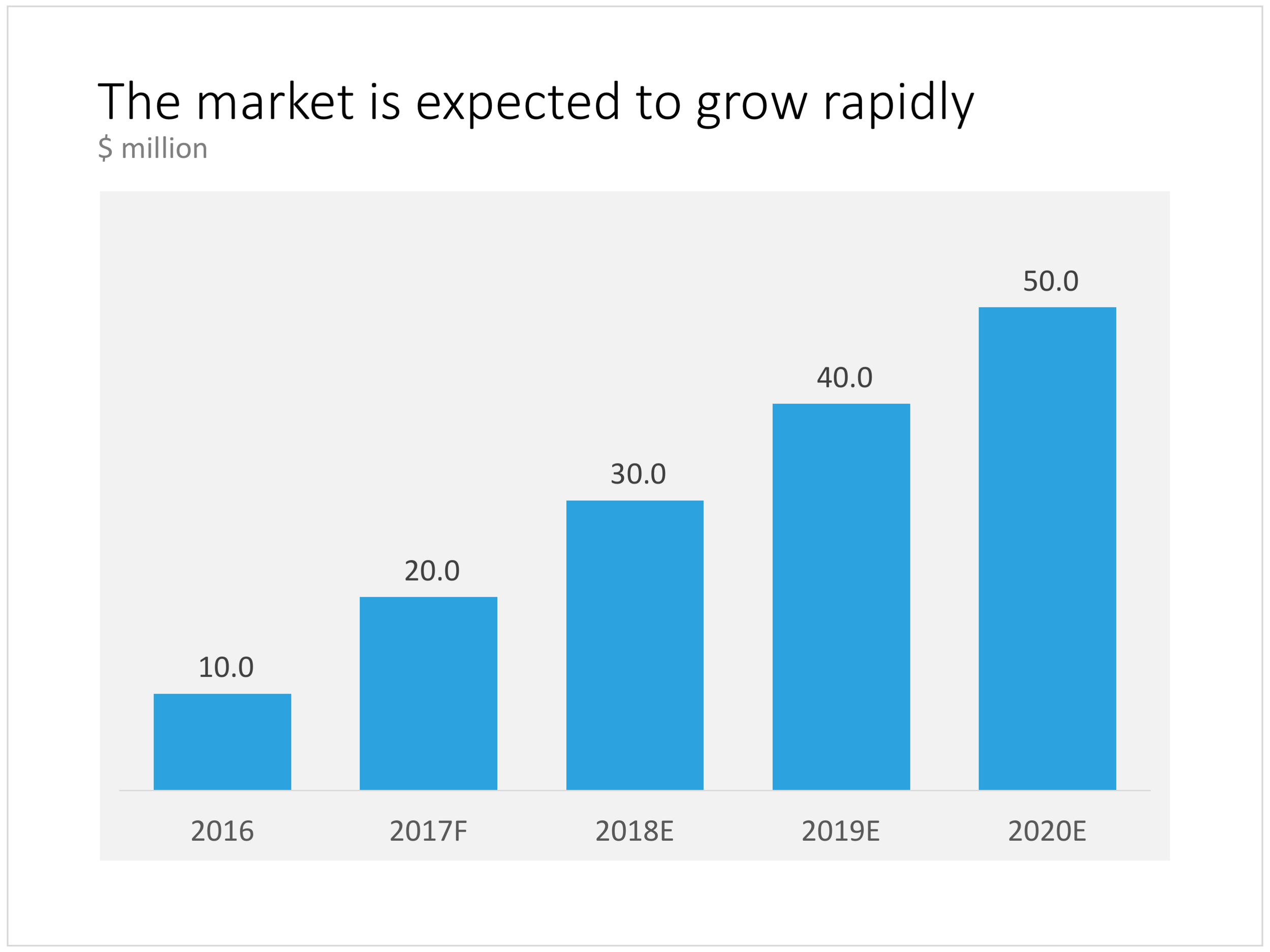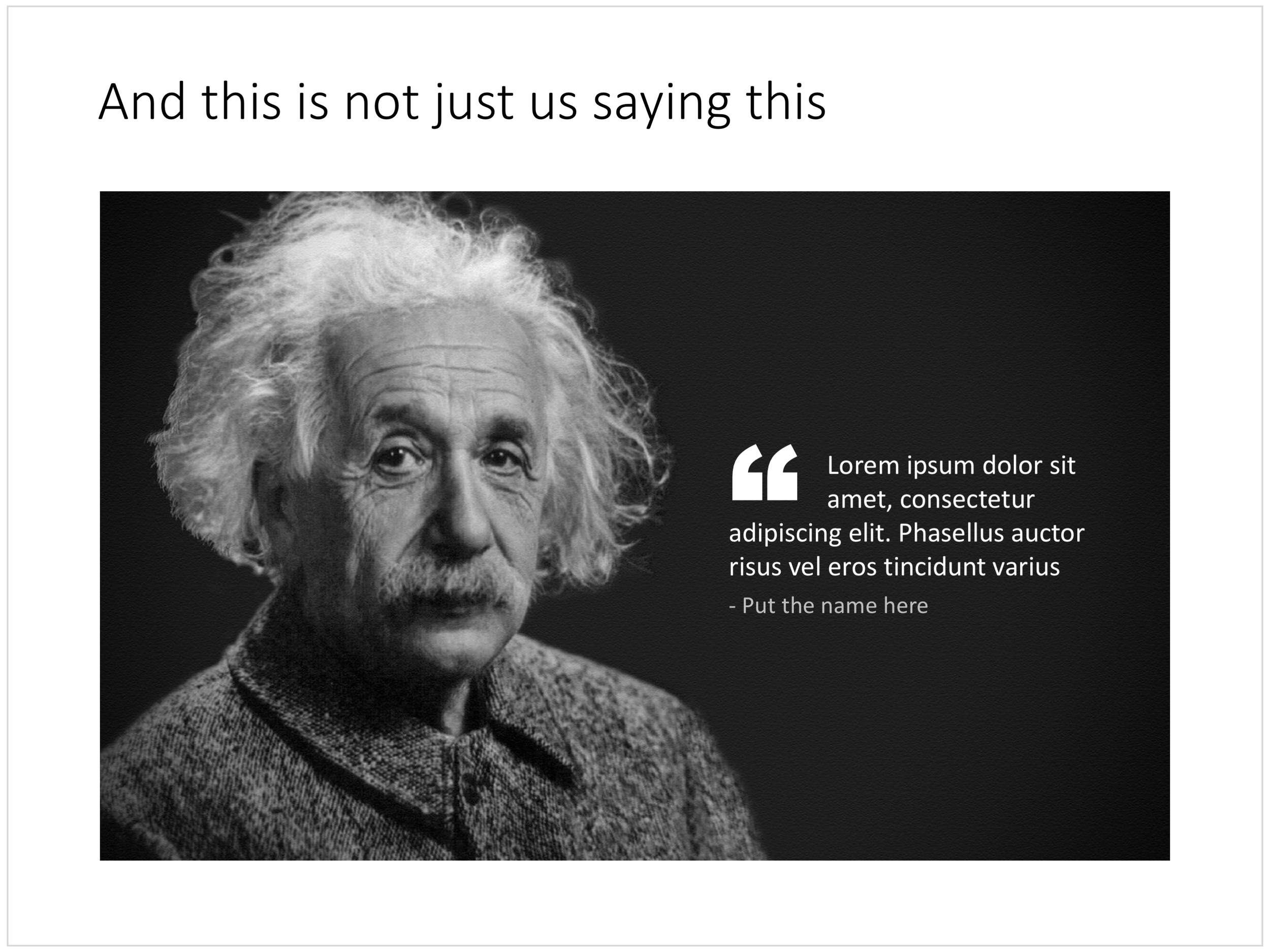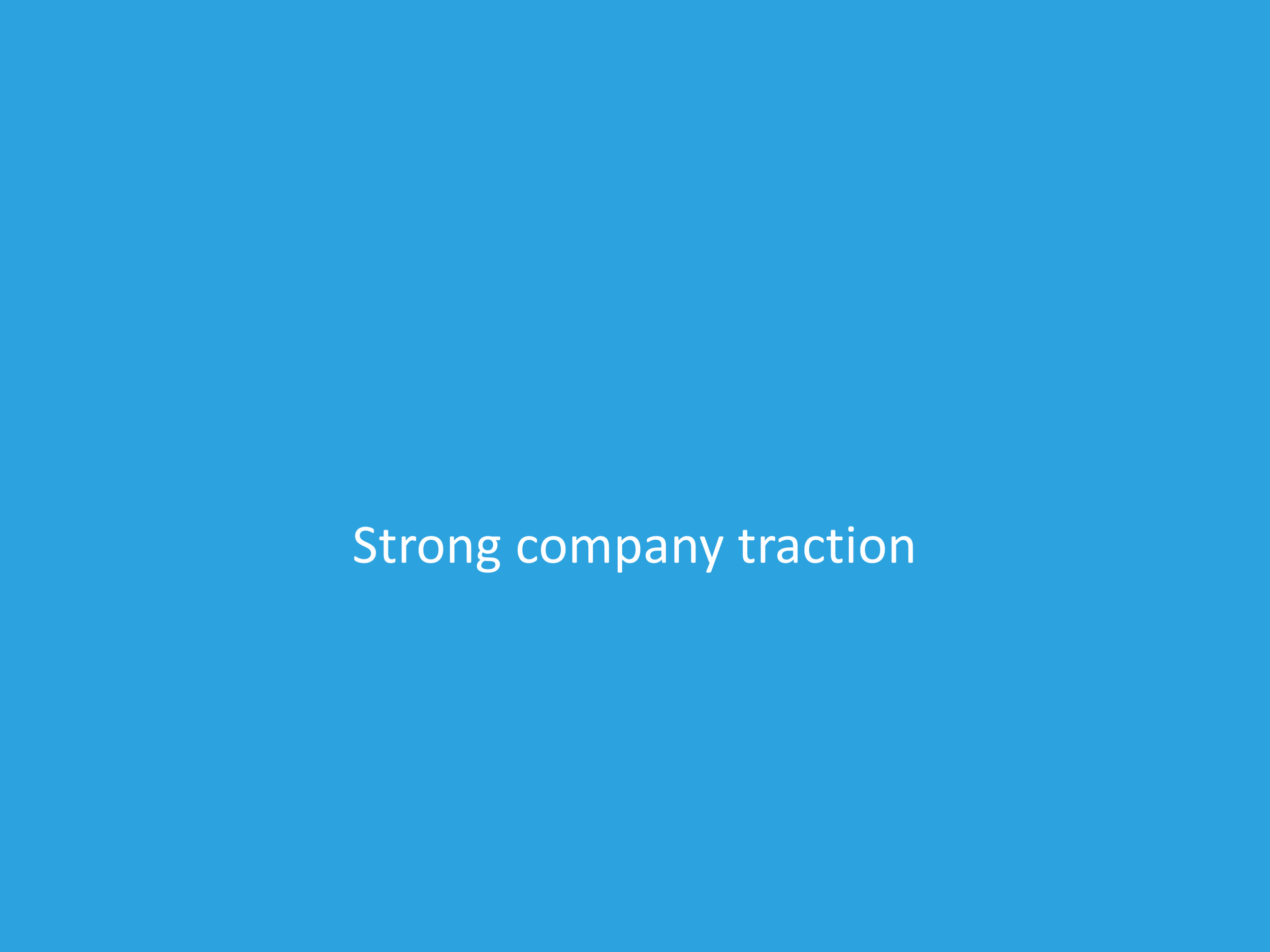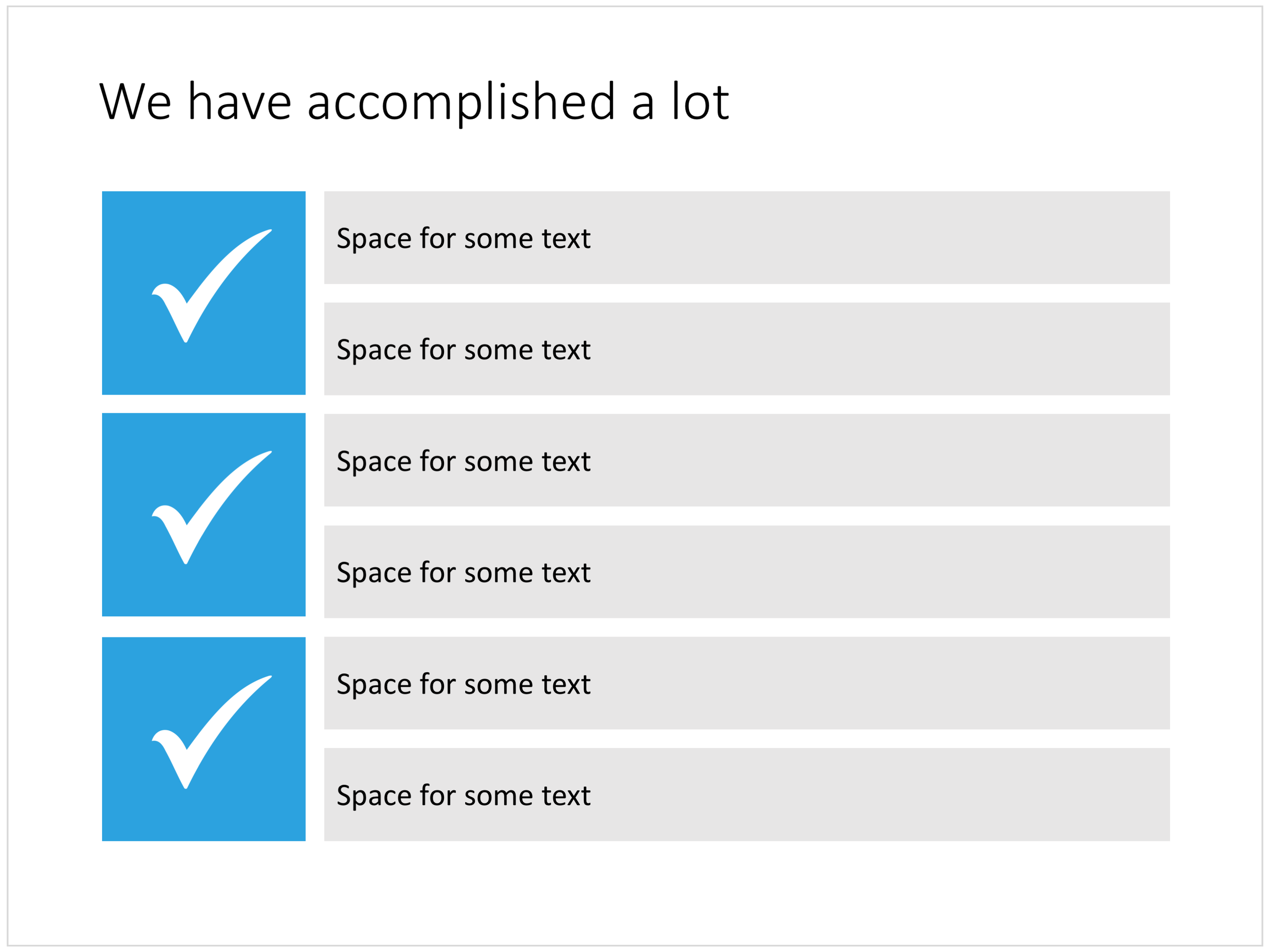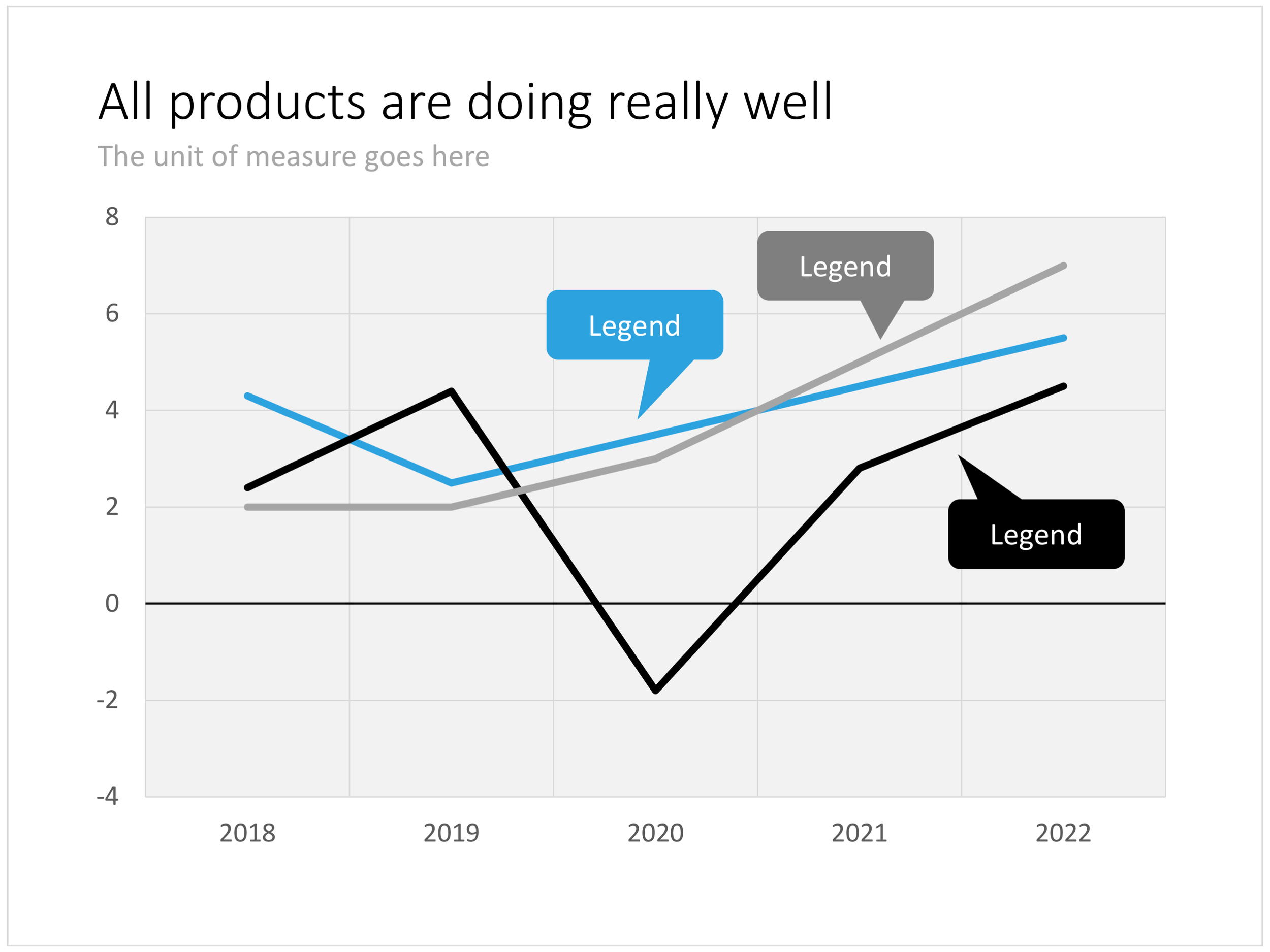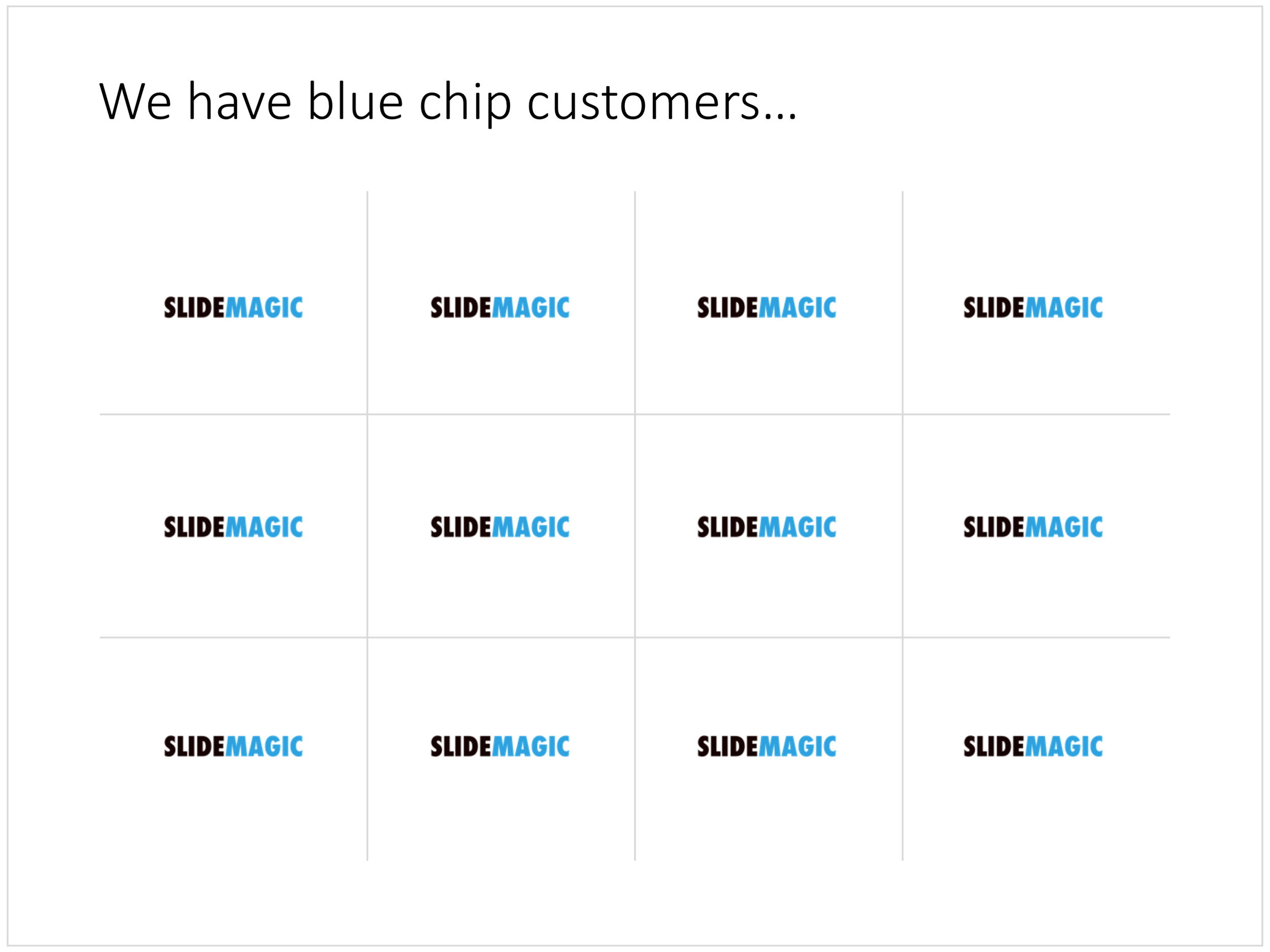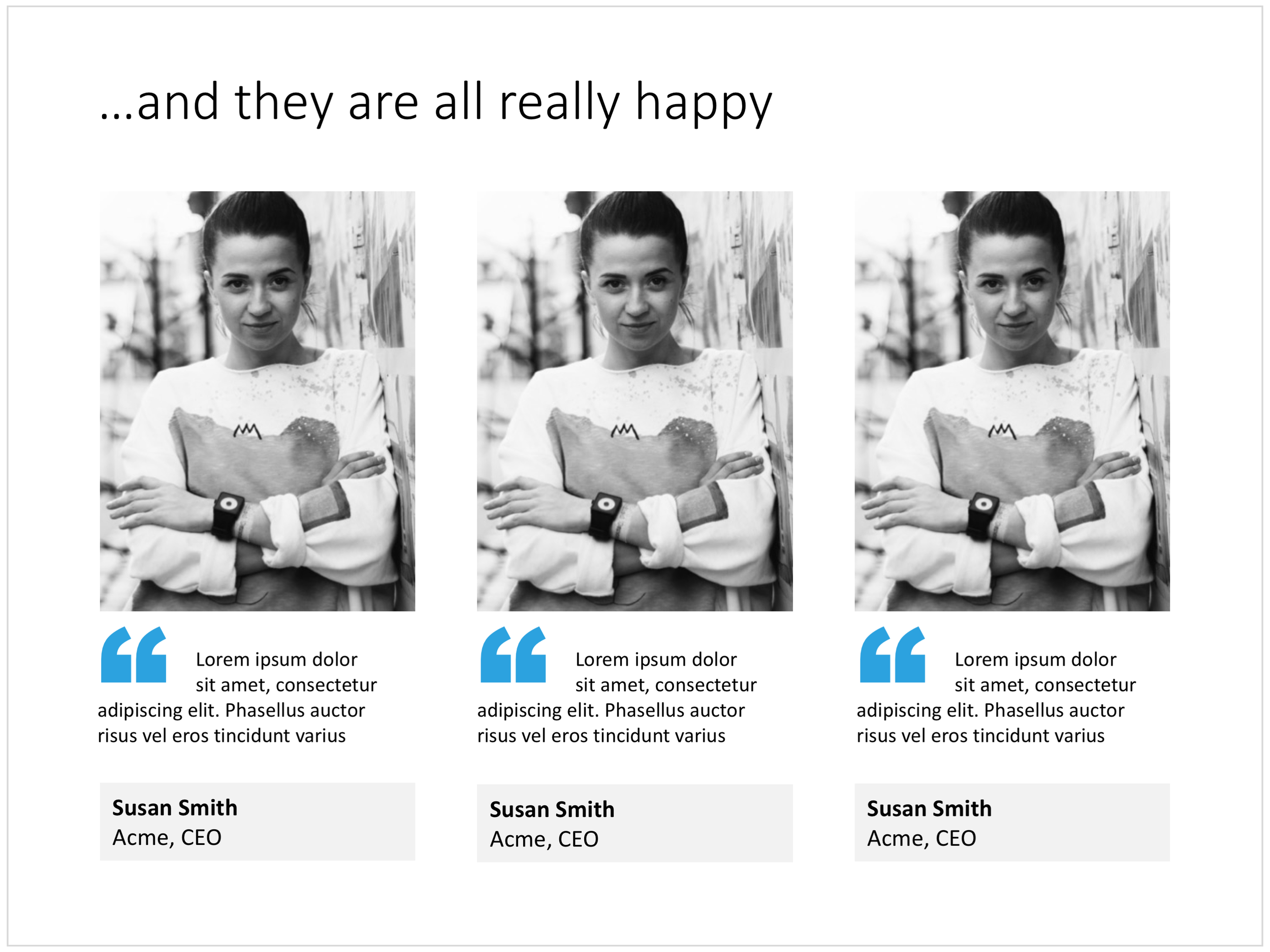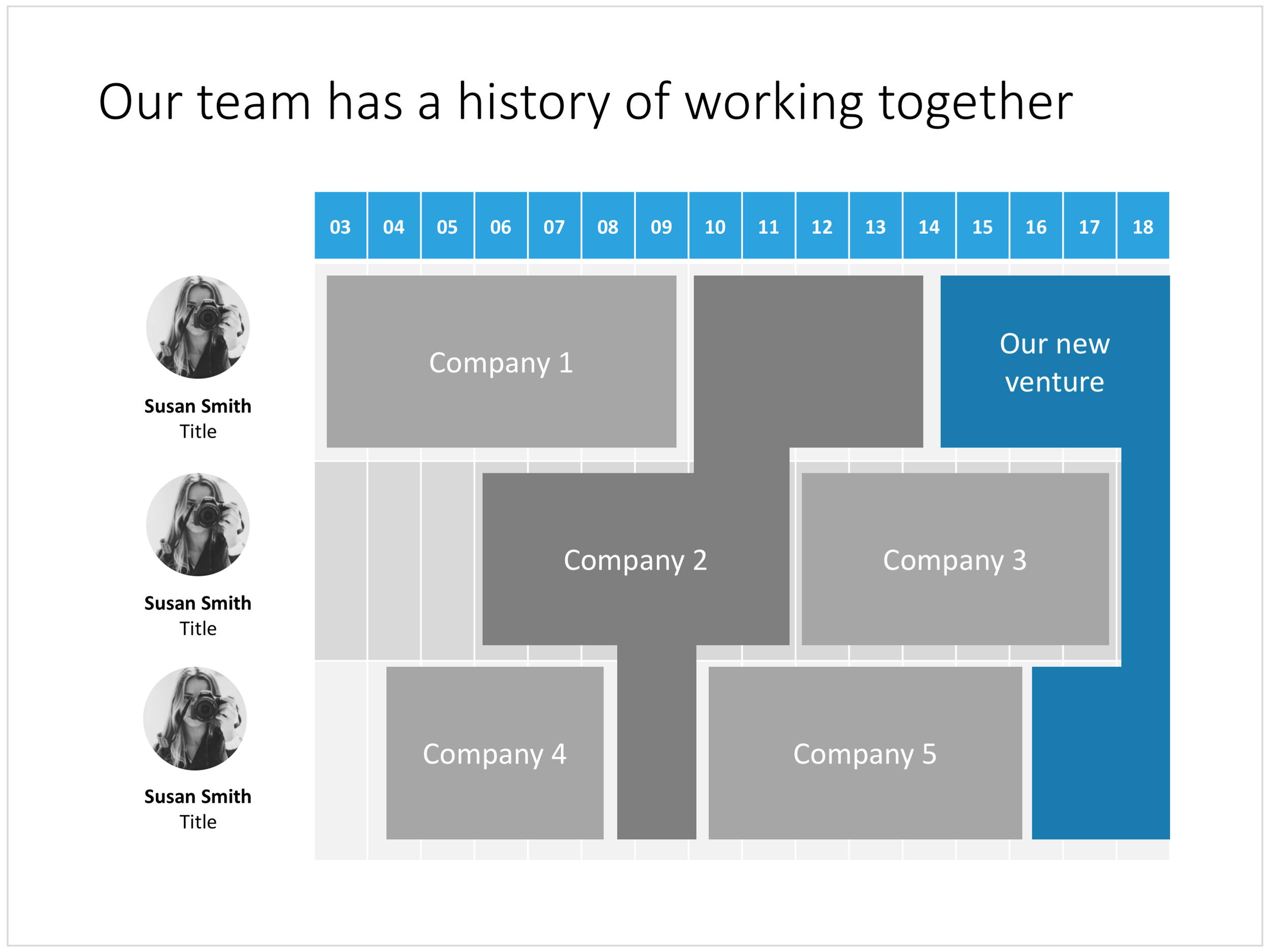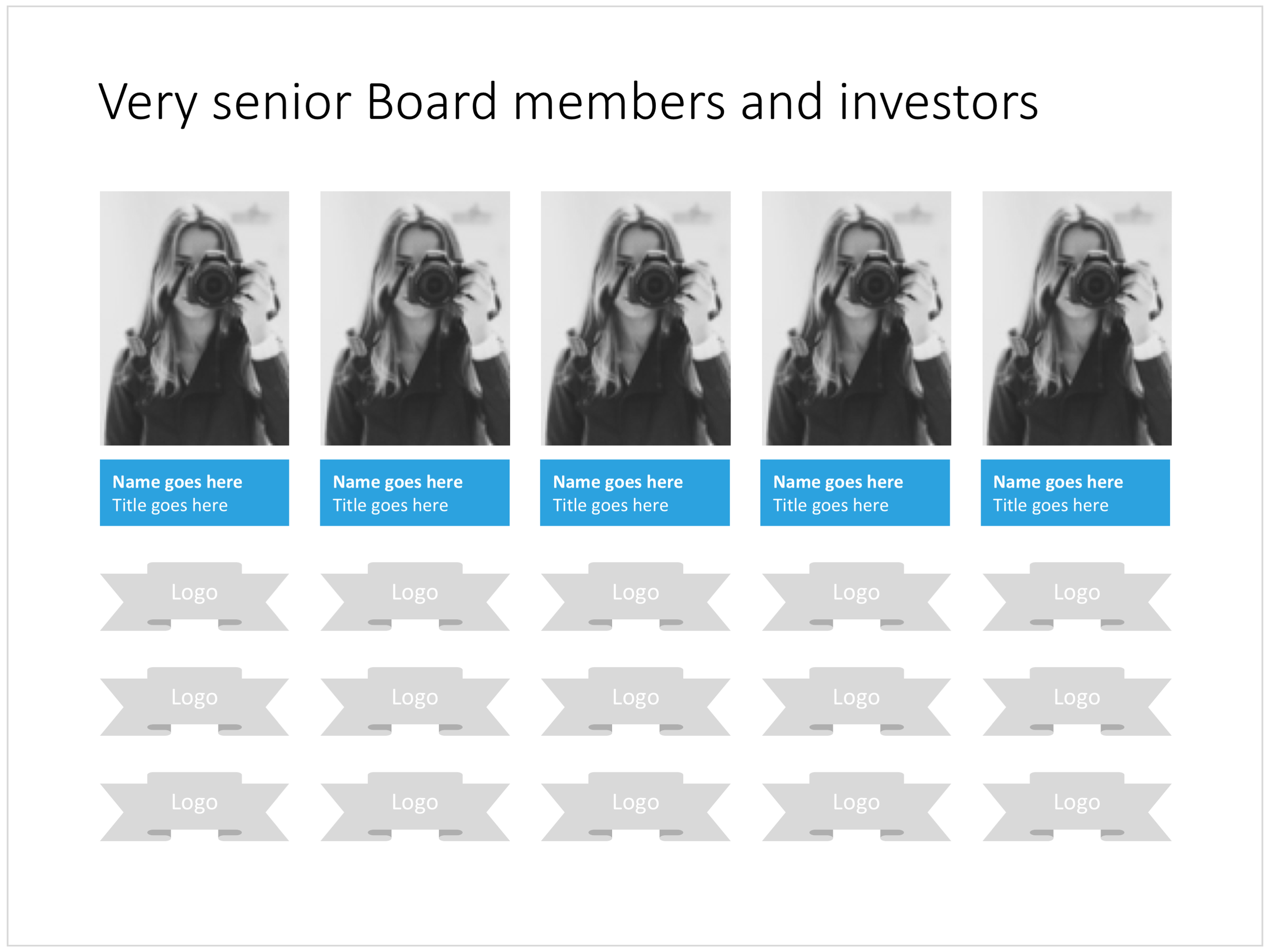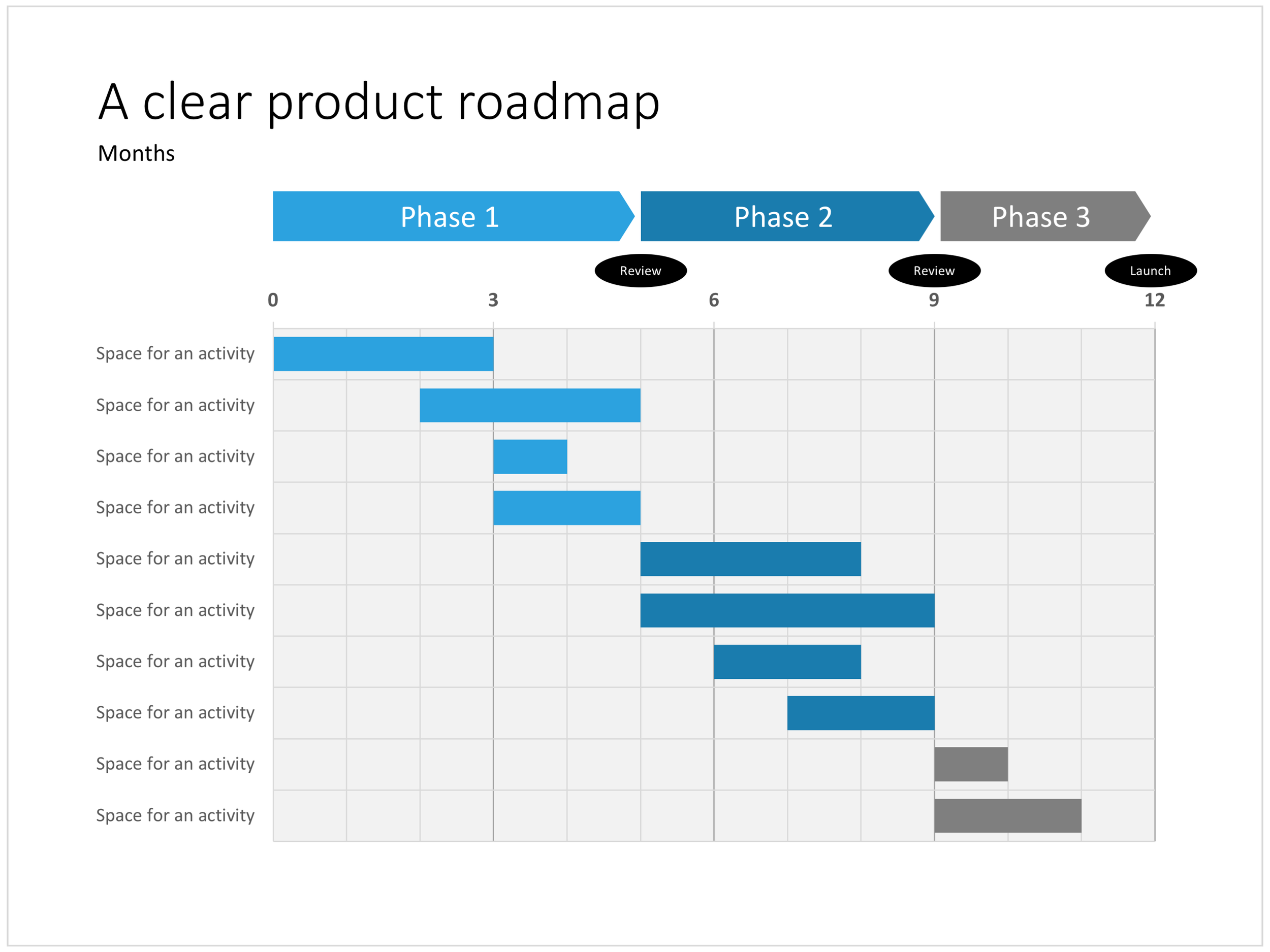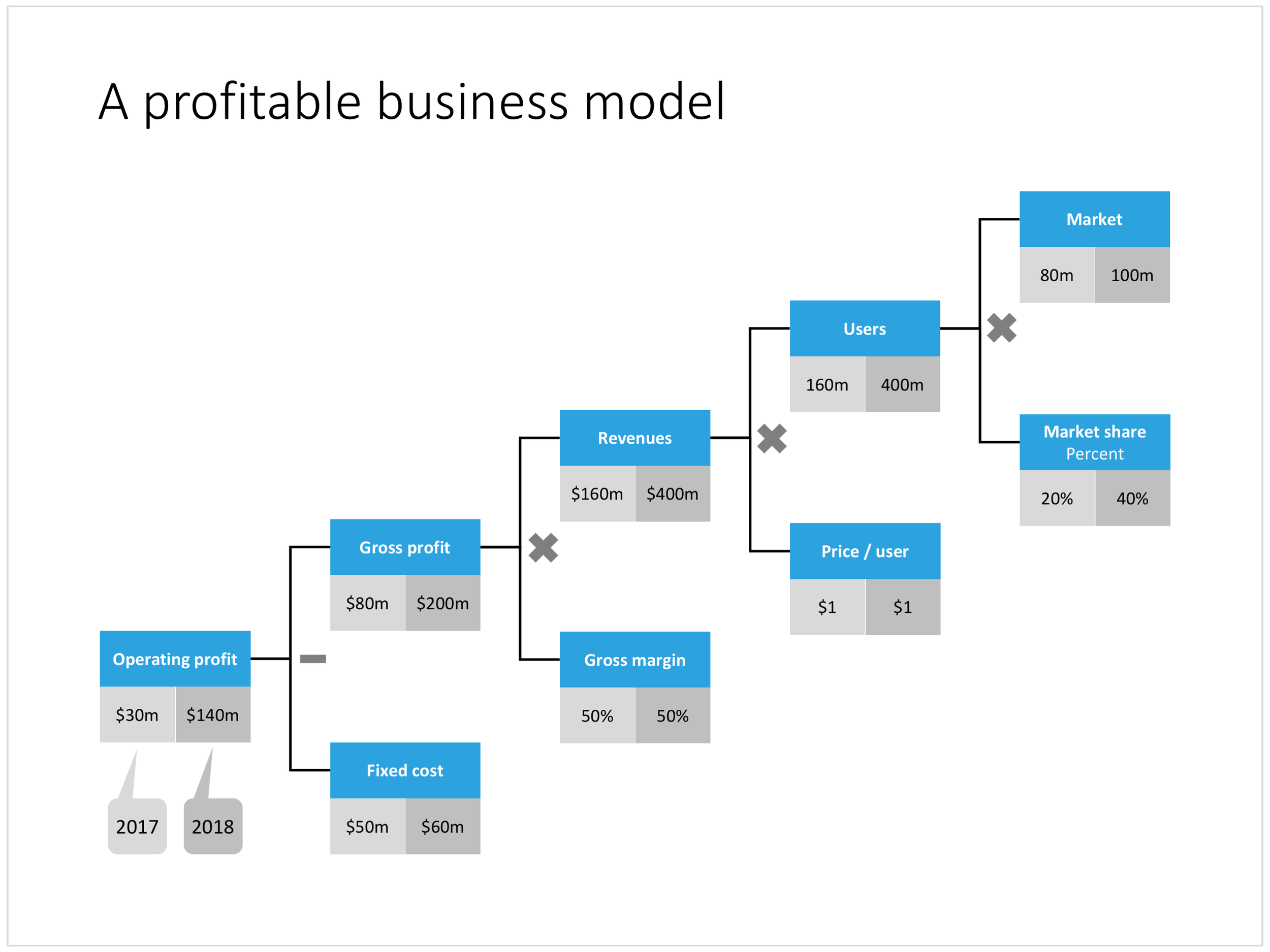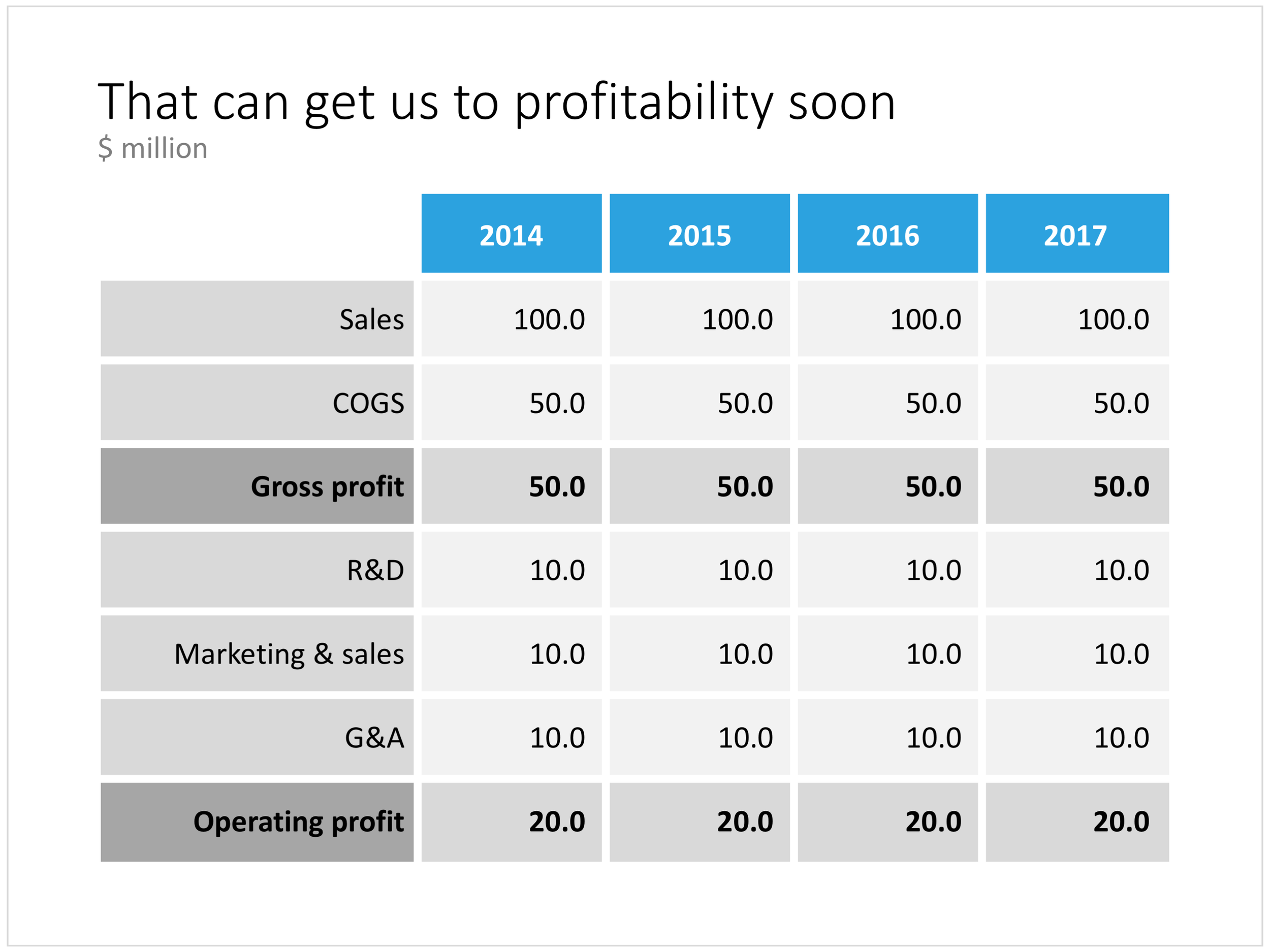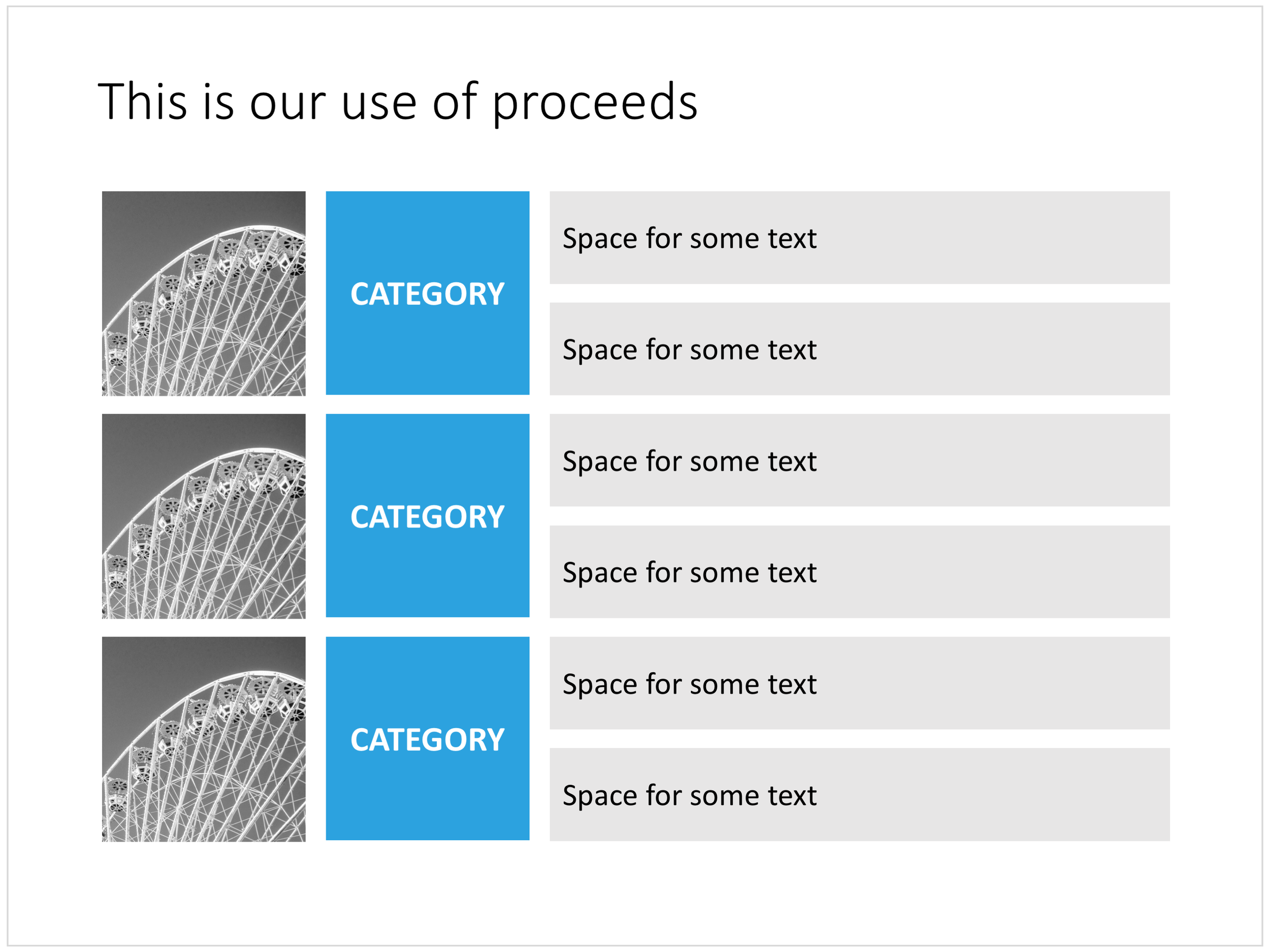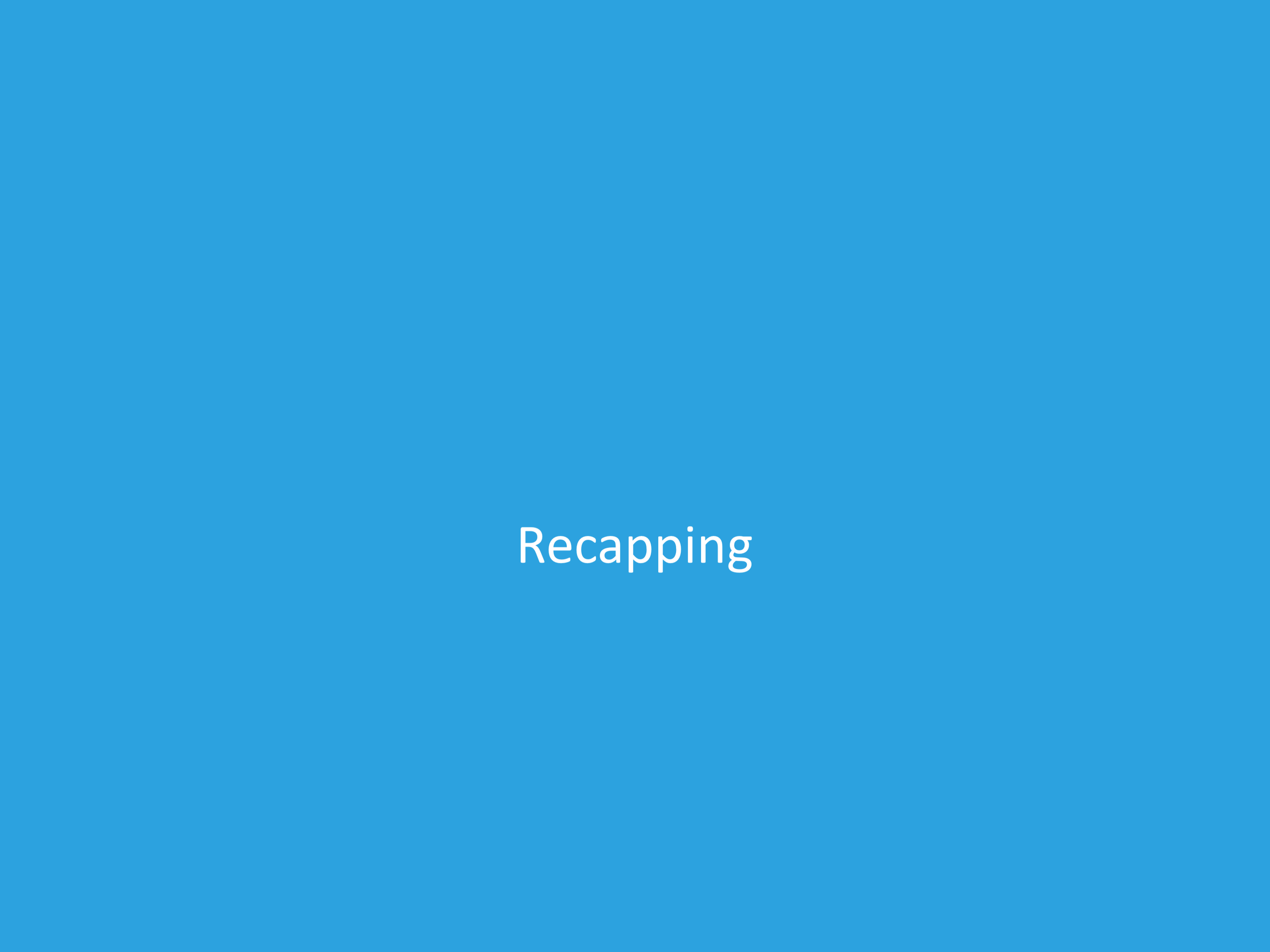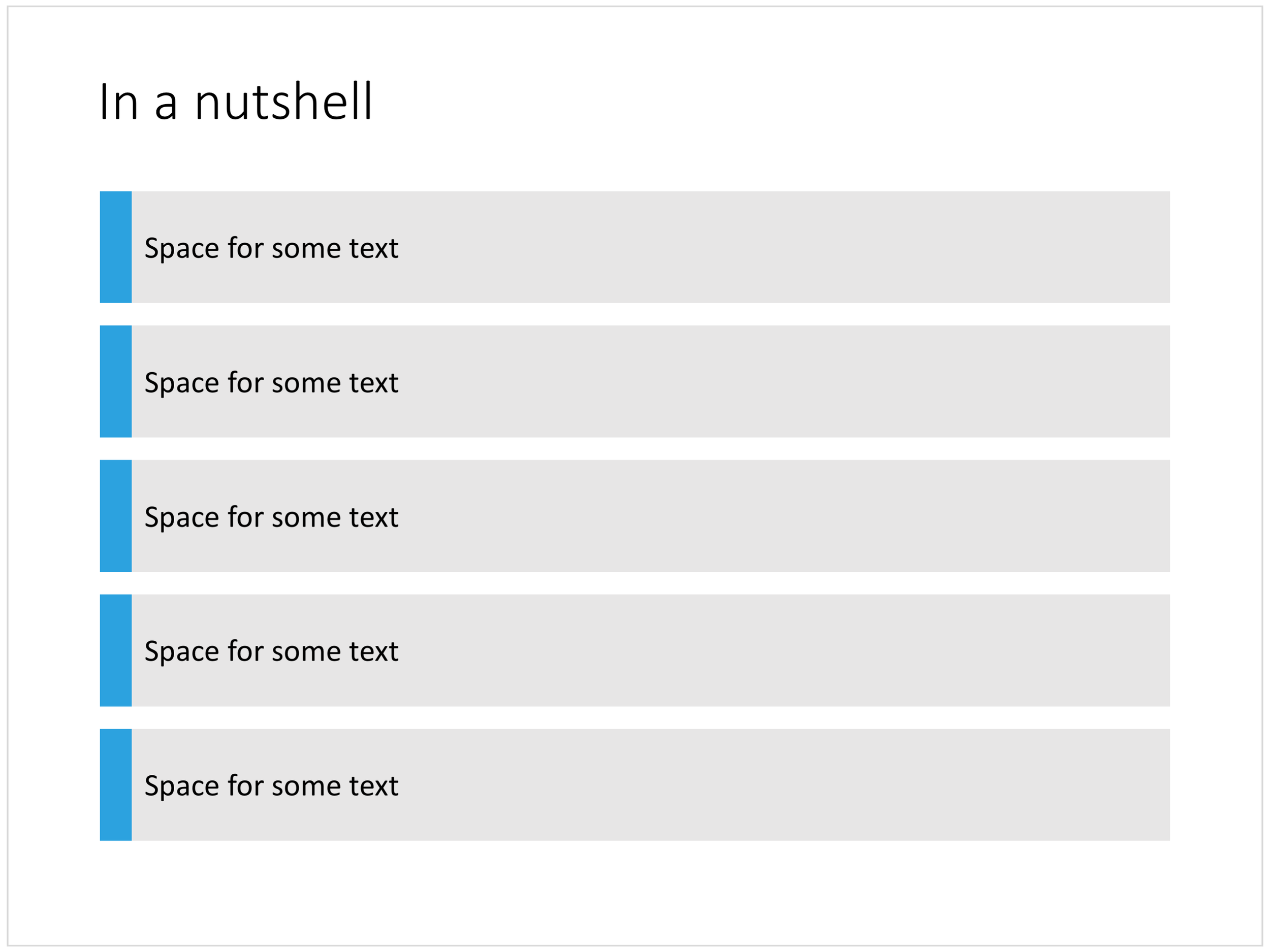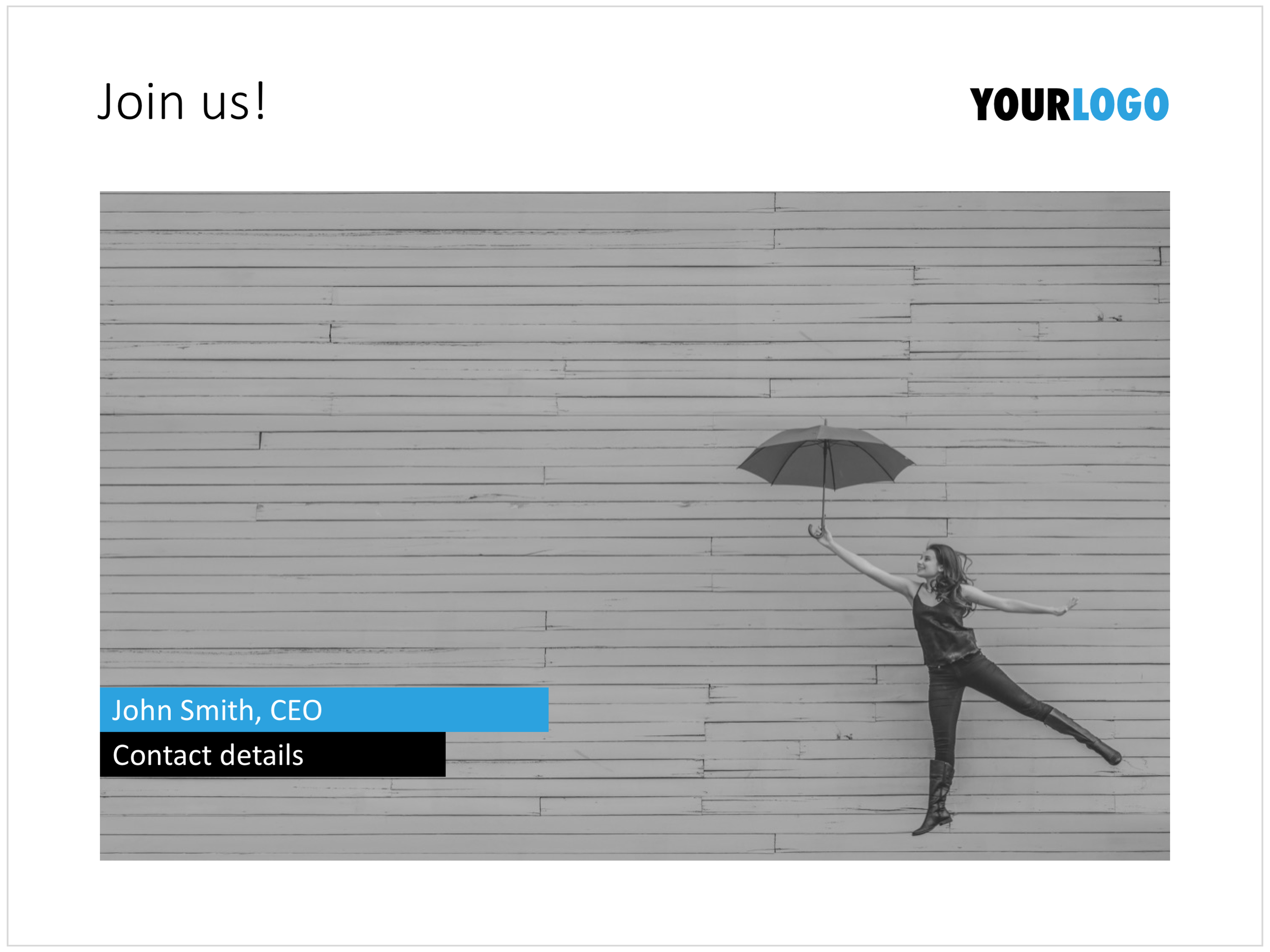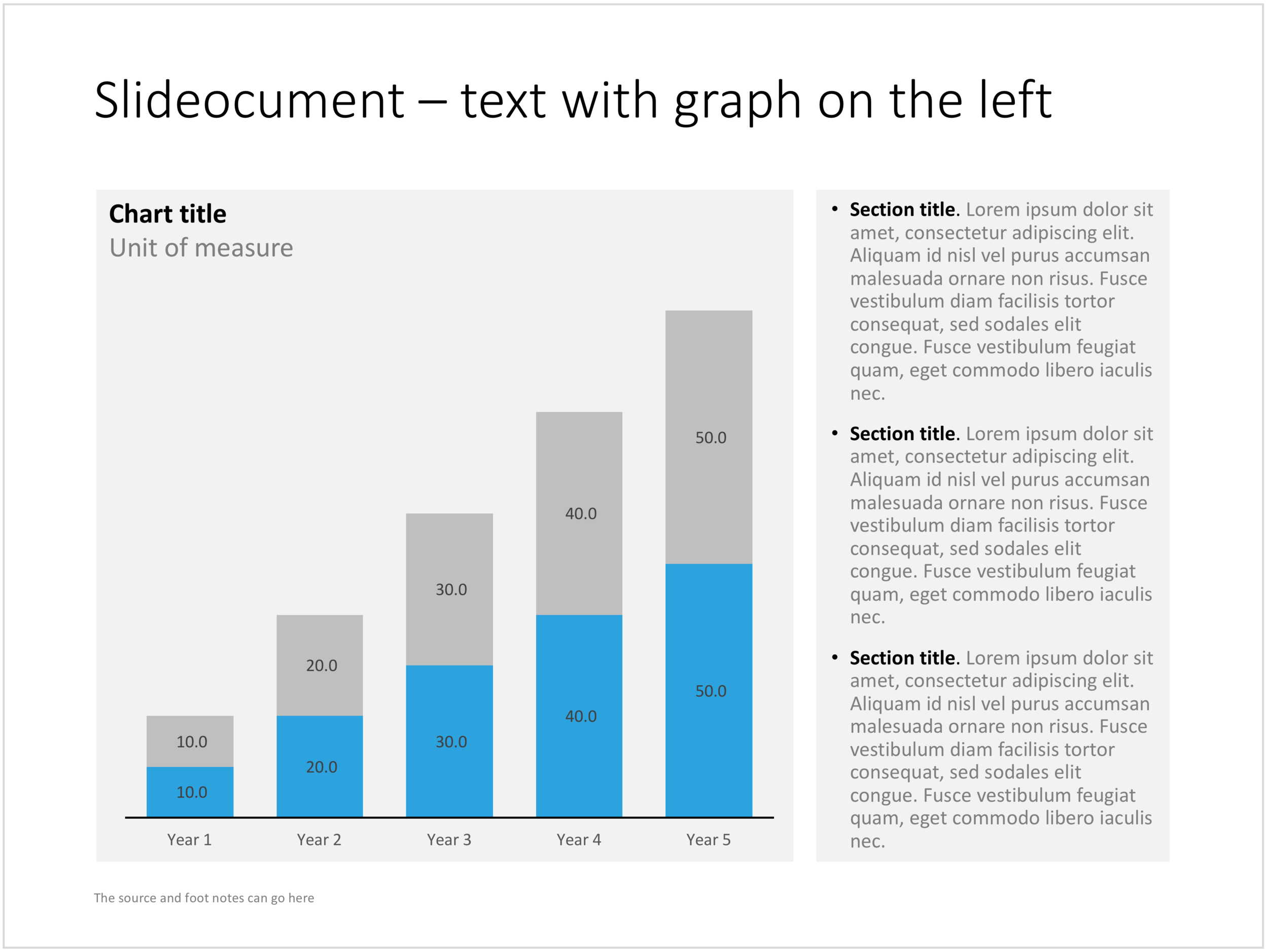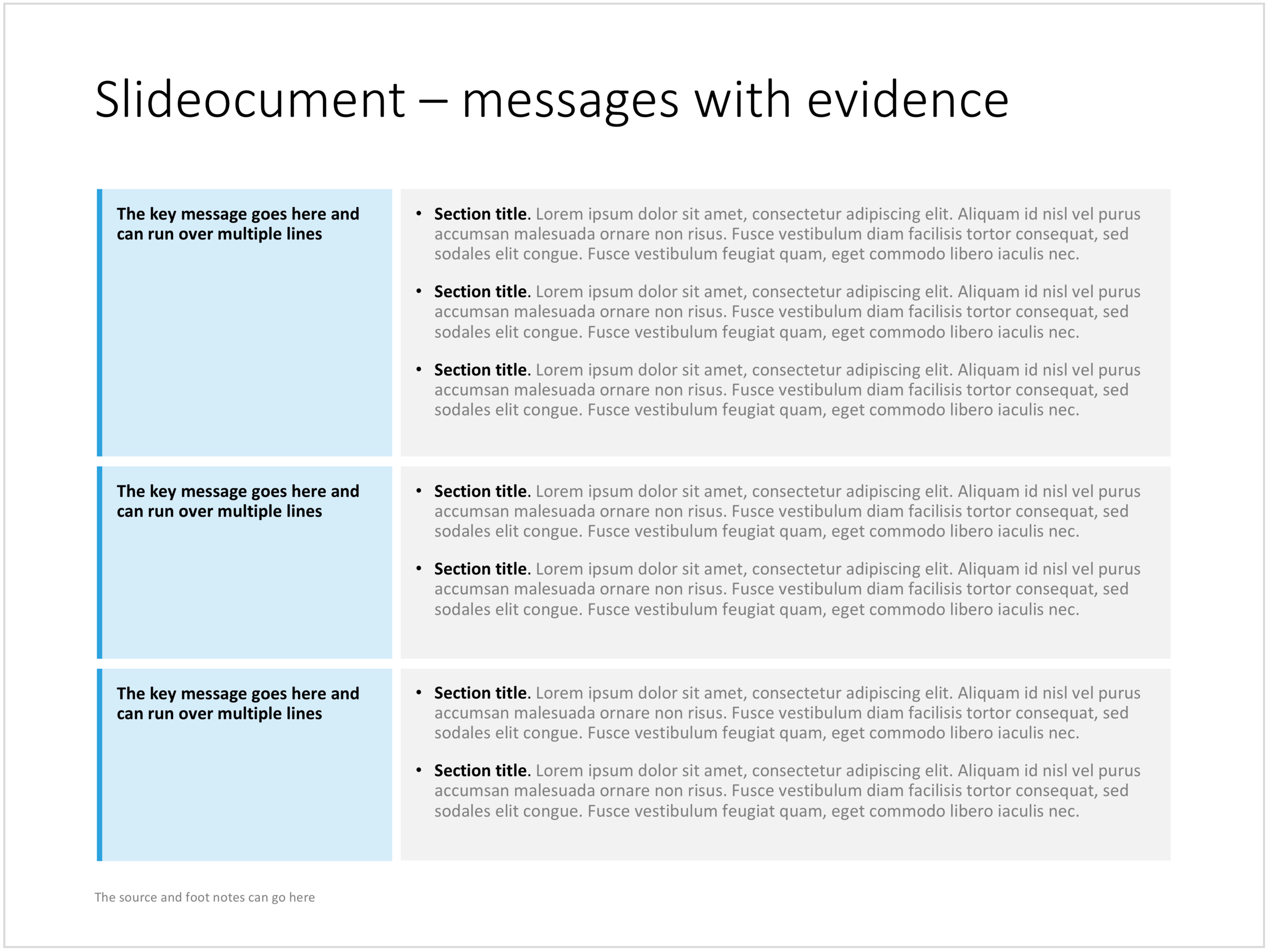Sometimes I work on presentations that border on legal or regulatory disputes. Two parties need to convince some independent party or regulator that they are right, often with the help of independent experts.
The briefing presentation at the start of a project usually is a left over of the original project presentation, it makes the case for the project in general but buries the actual smaller issue that is being discussed now, for example environmental impact.
What follows is a verbal discussion with the old slides as a background: then we did this, then we hired her, then we installed this technology, then they disputed the data, then we did a test (but changed it a bit), they came up with these counter arguments, that do not really apply to this situation. To the outsider who has not been part of the process it is completely impossible to understand the arguments.
In a situation like this:
- Start from scratch and build a presentation in which 95% of the time is spent on the issue at hand
- Make sure that your flow of logic is clear
- Separate the arguments that are undisputed, from more contentious issues
- If the other party has a major counter argument, there is no point in hiding it, you might as well put it in your presentation prominently, and with your solid argument why it is not a valid point
- Pick your battles, if the other side has a point that is pretty much true and hard to disprove, don't spend energy trying to make an impossible case against it. You will loose credibility when making other points that really count
Cover image by Chris Brignola on Unsplash




